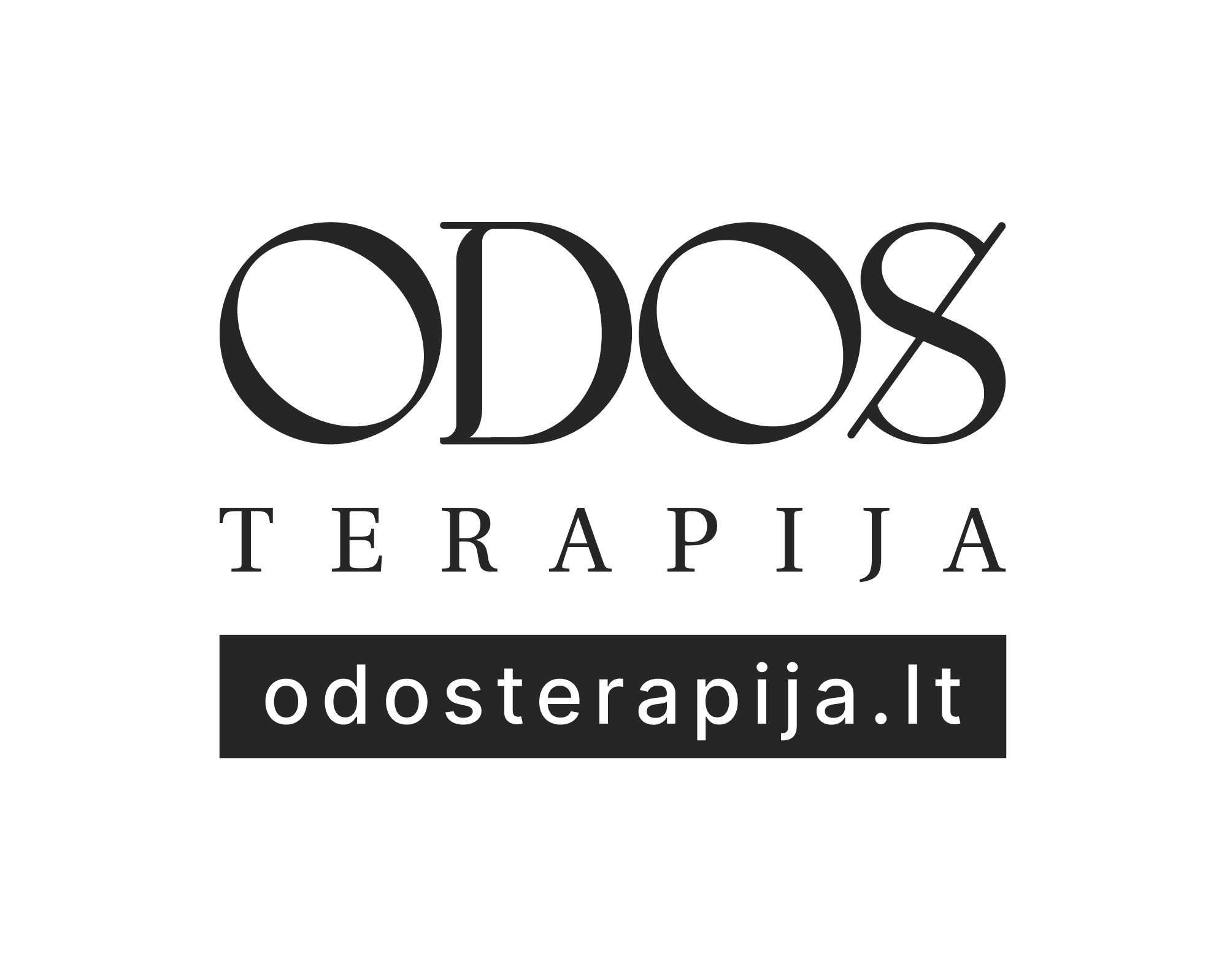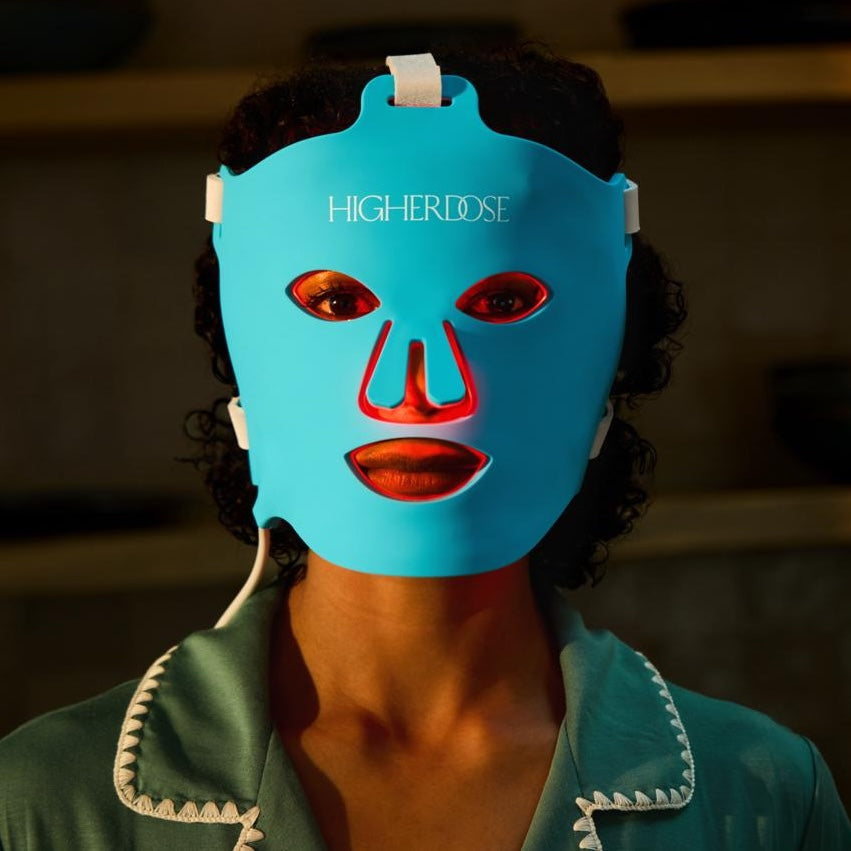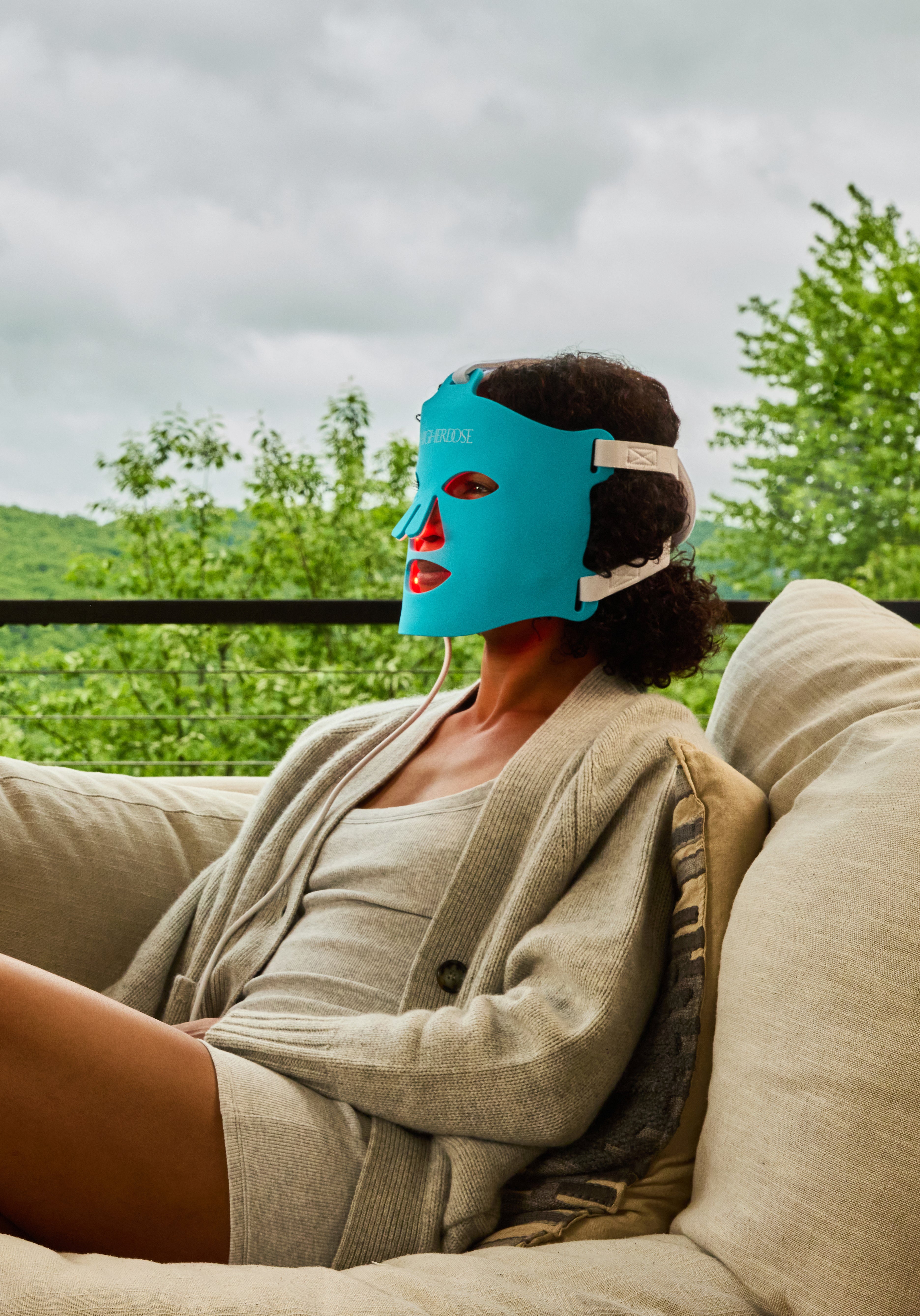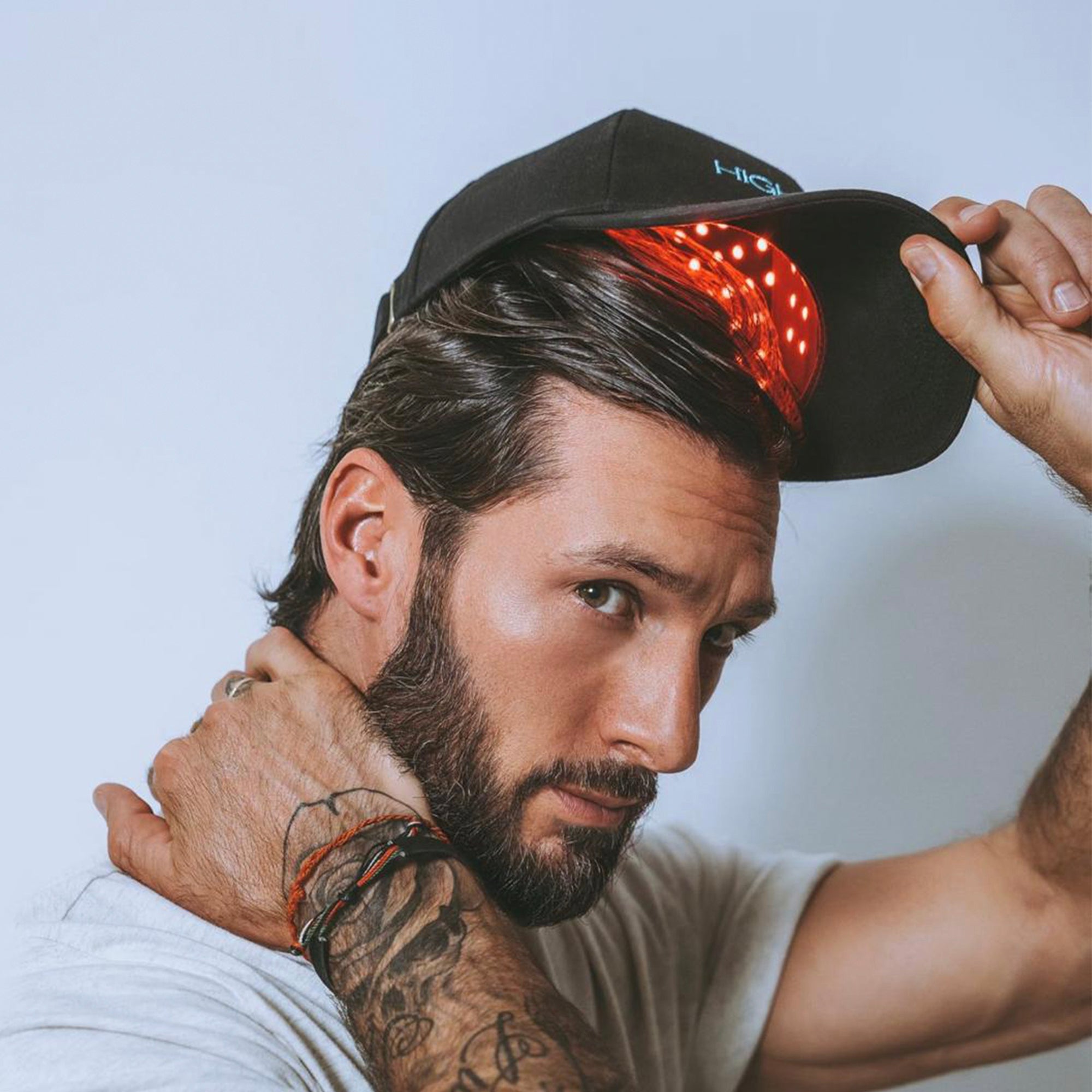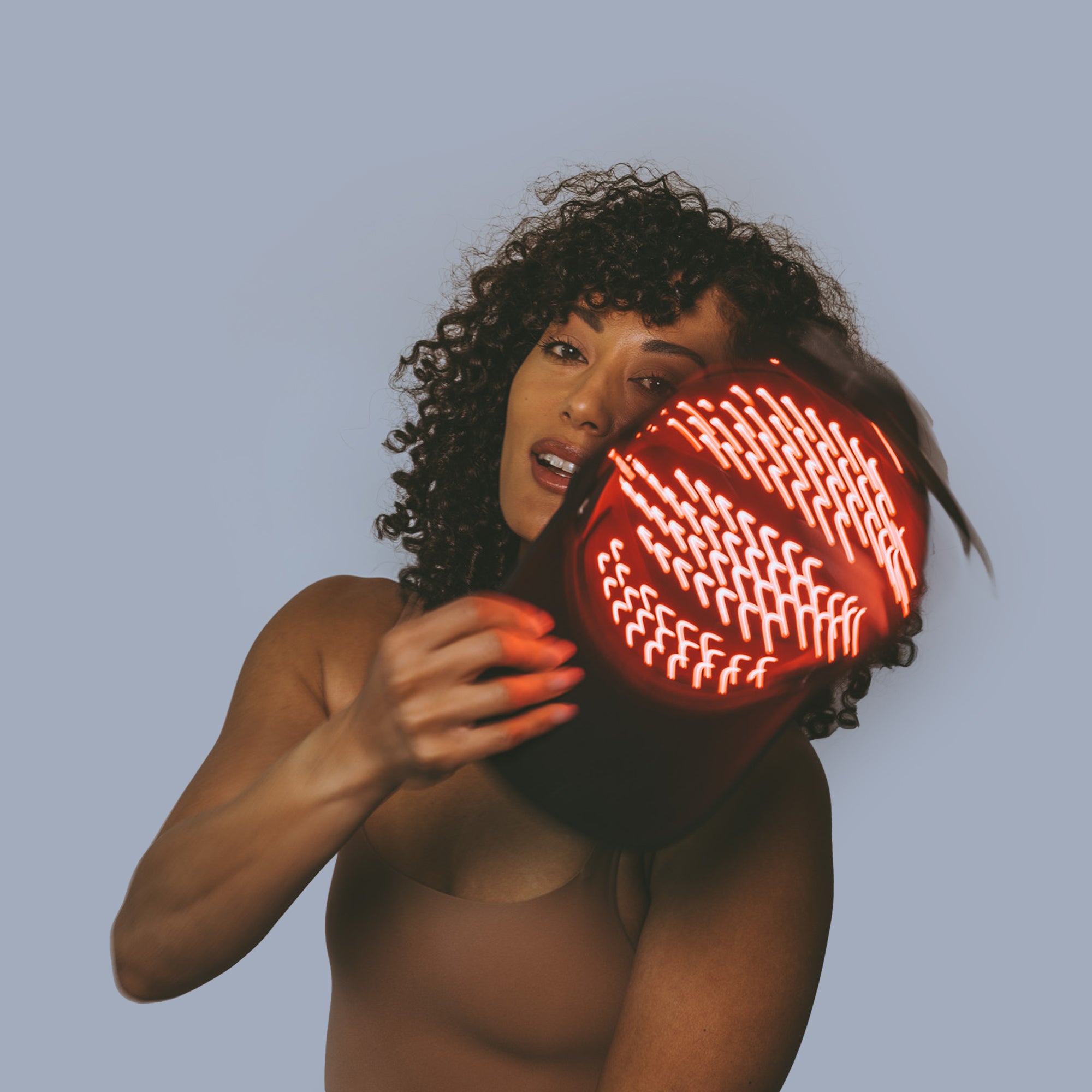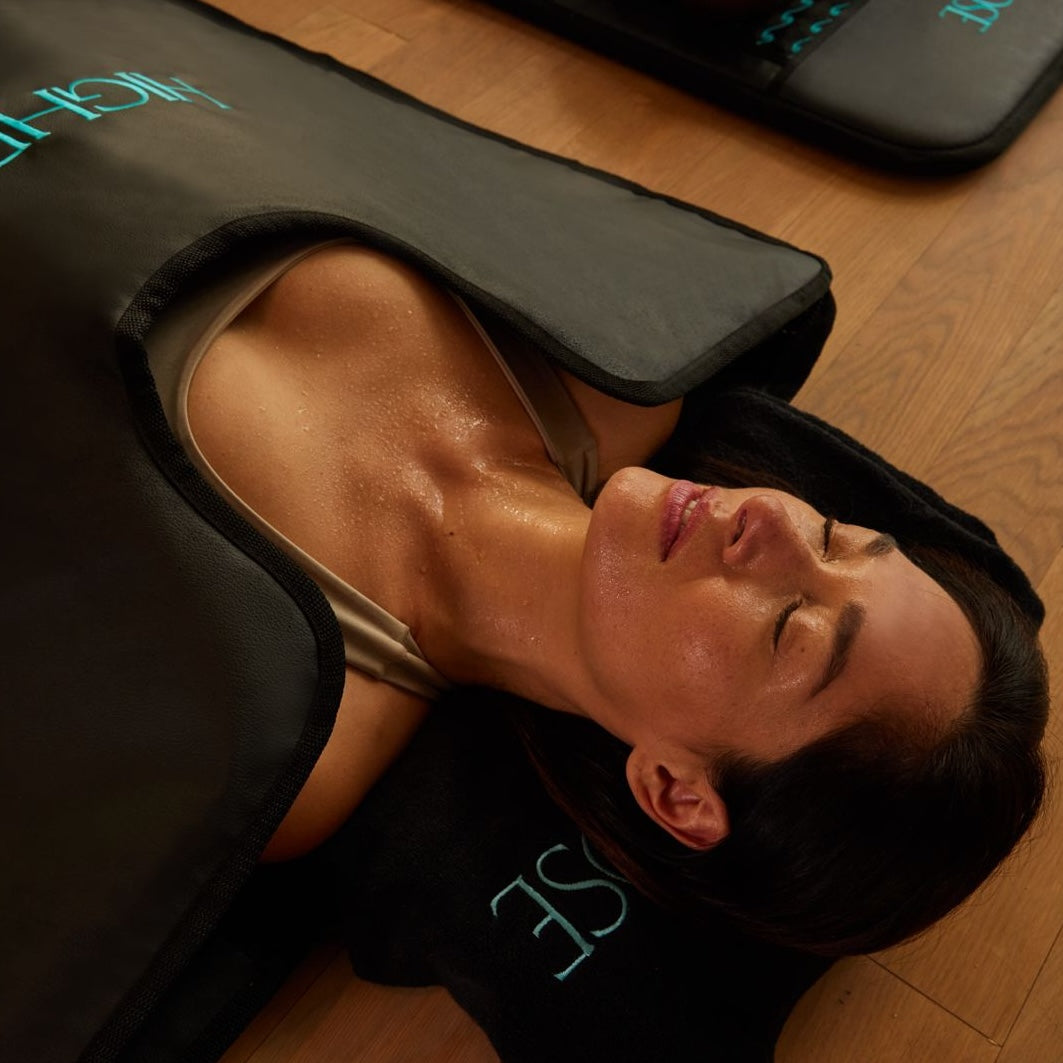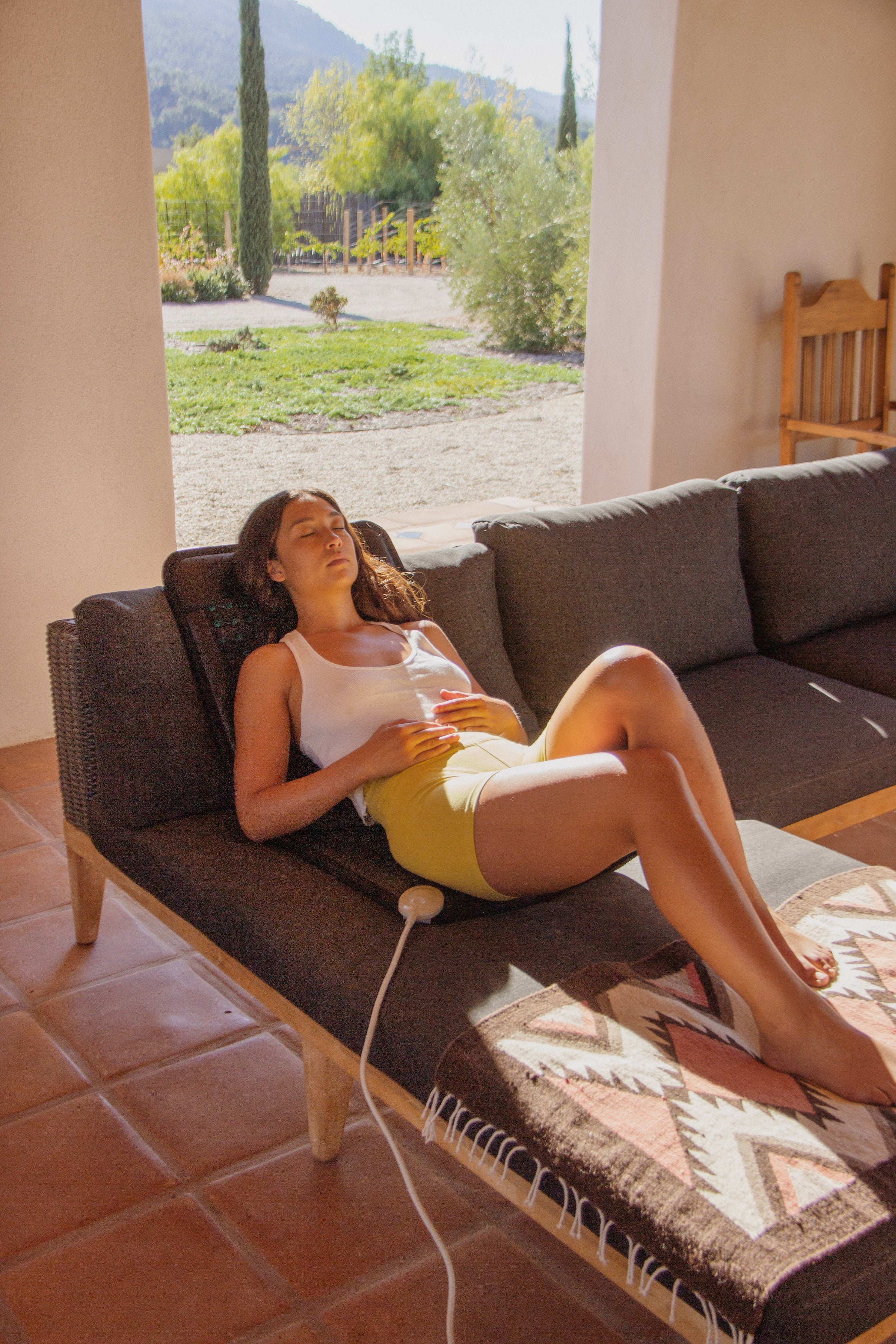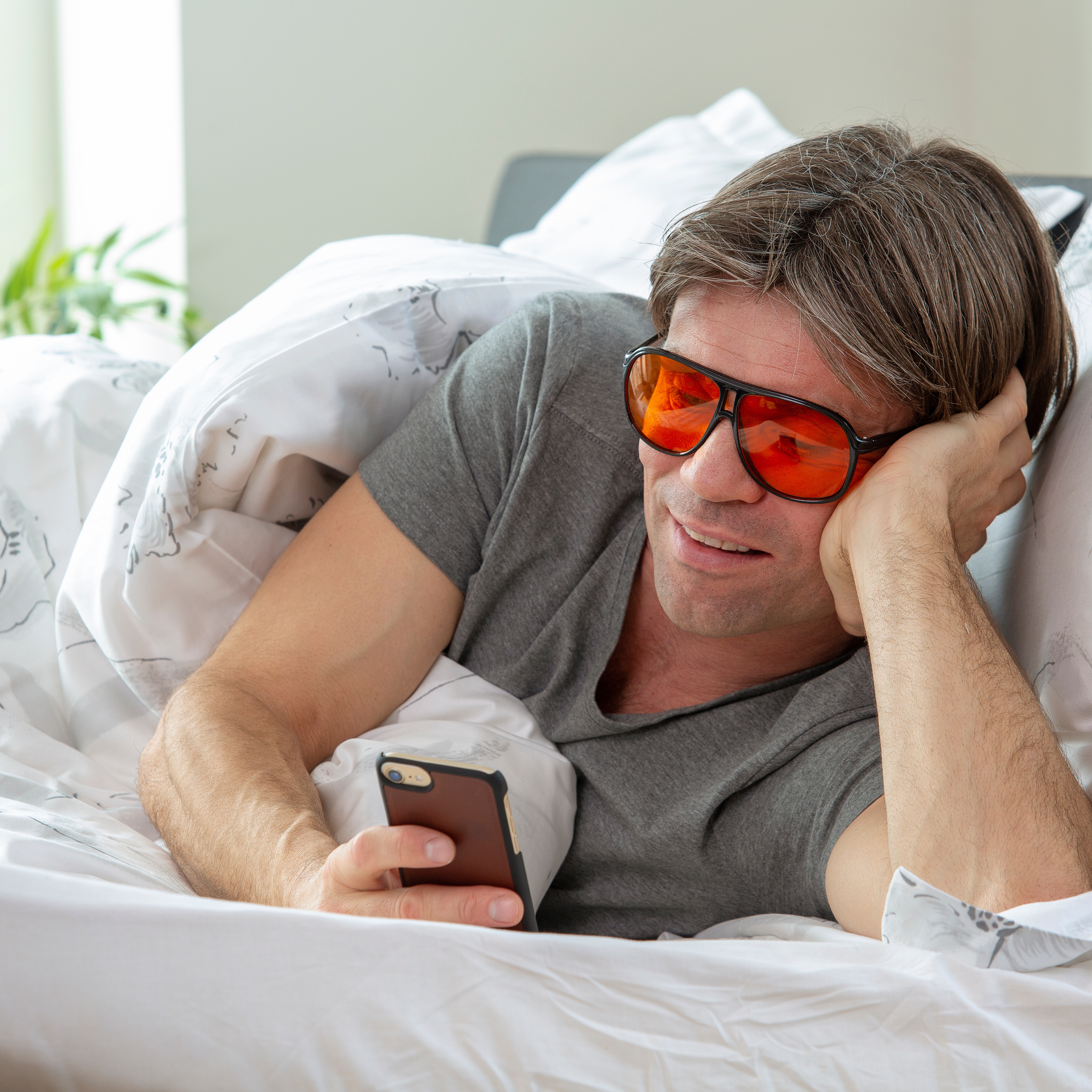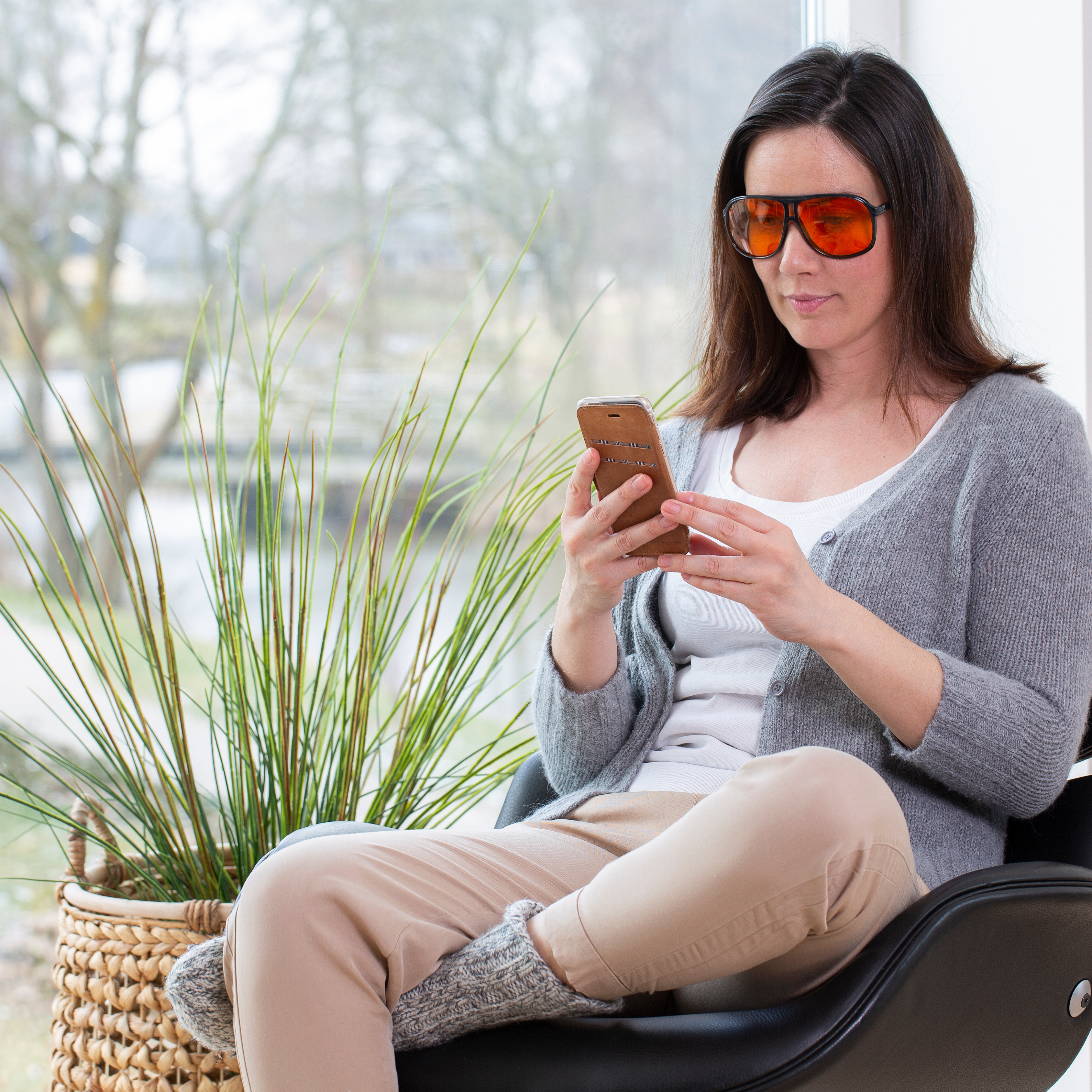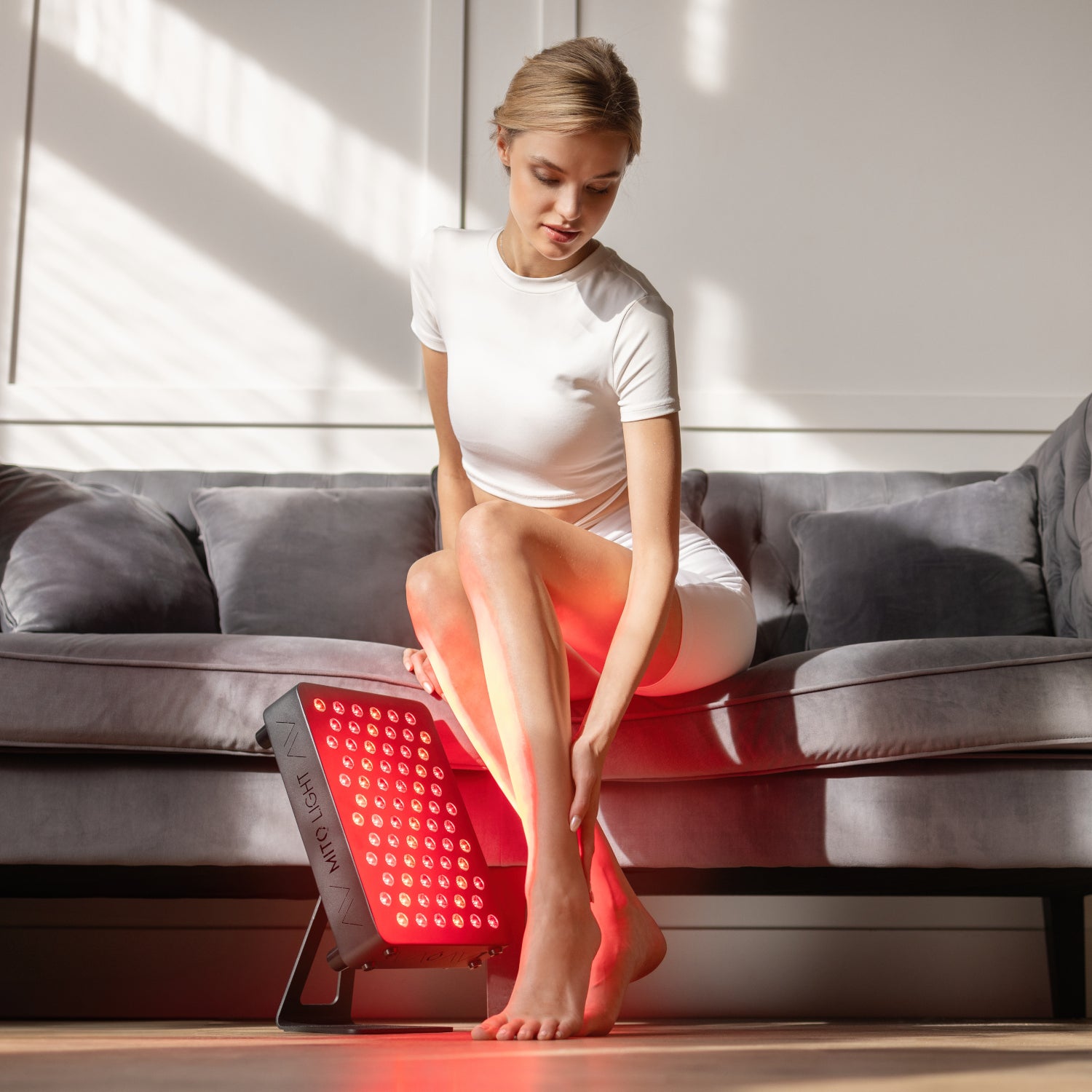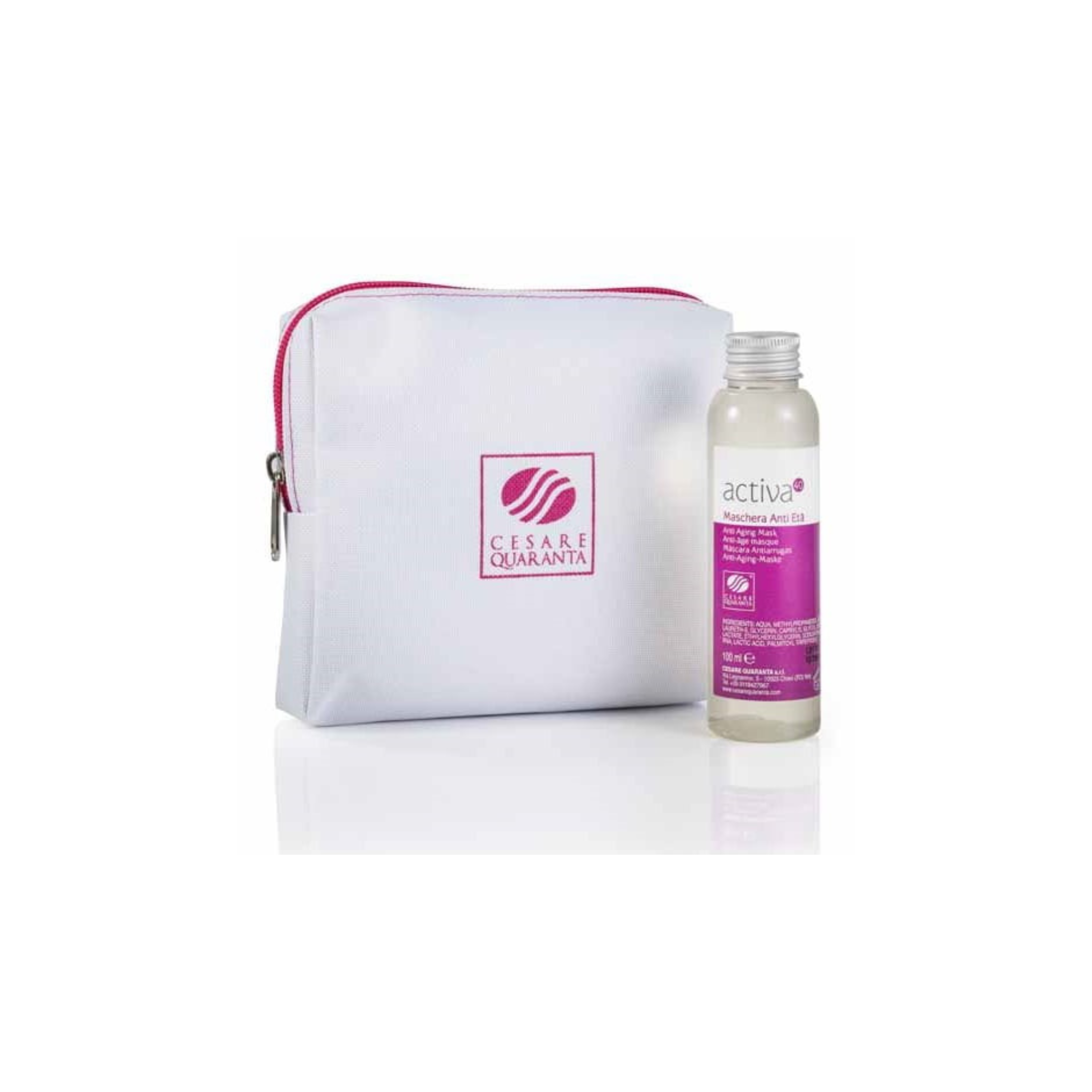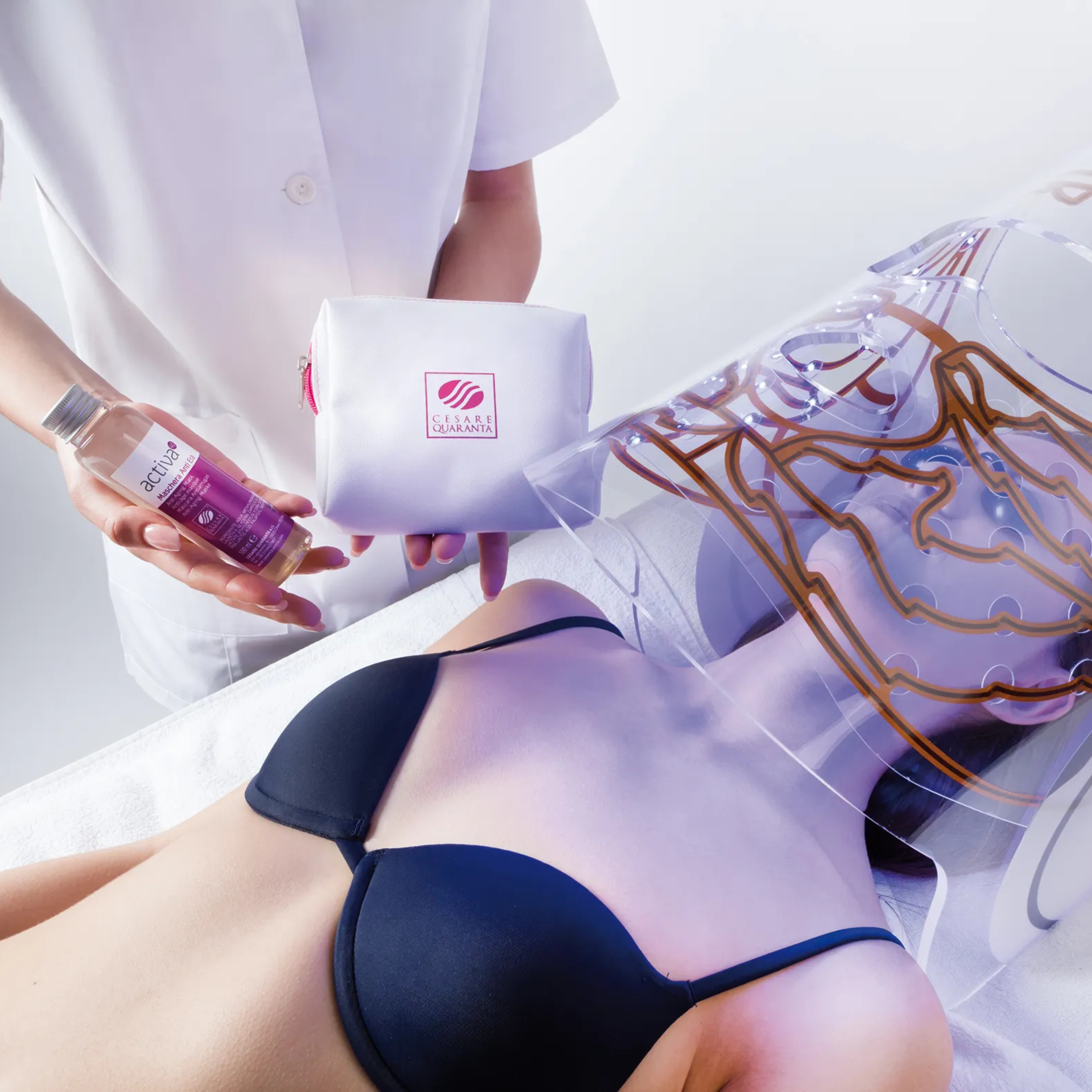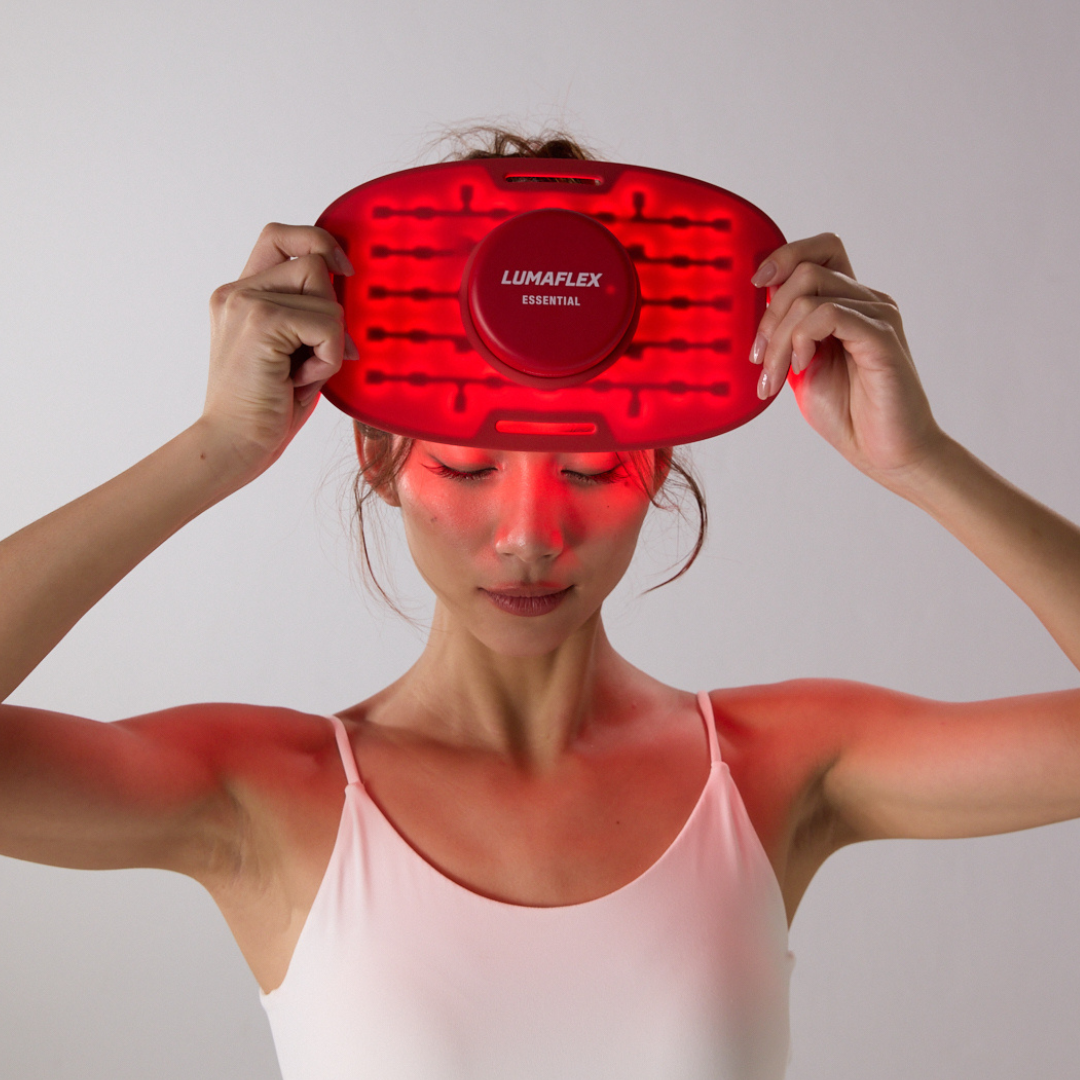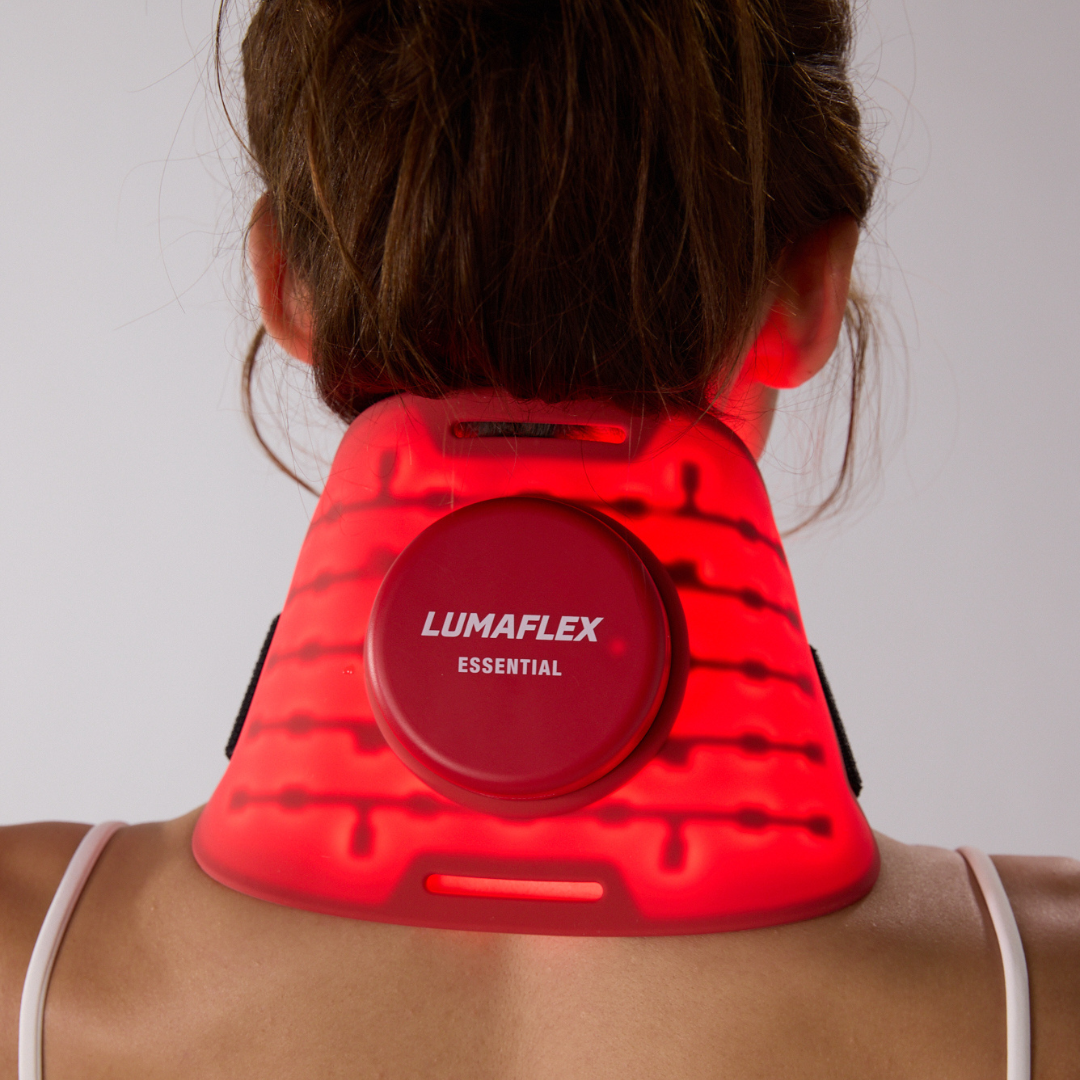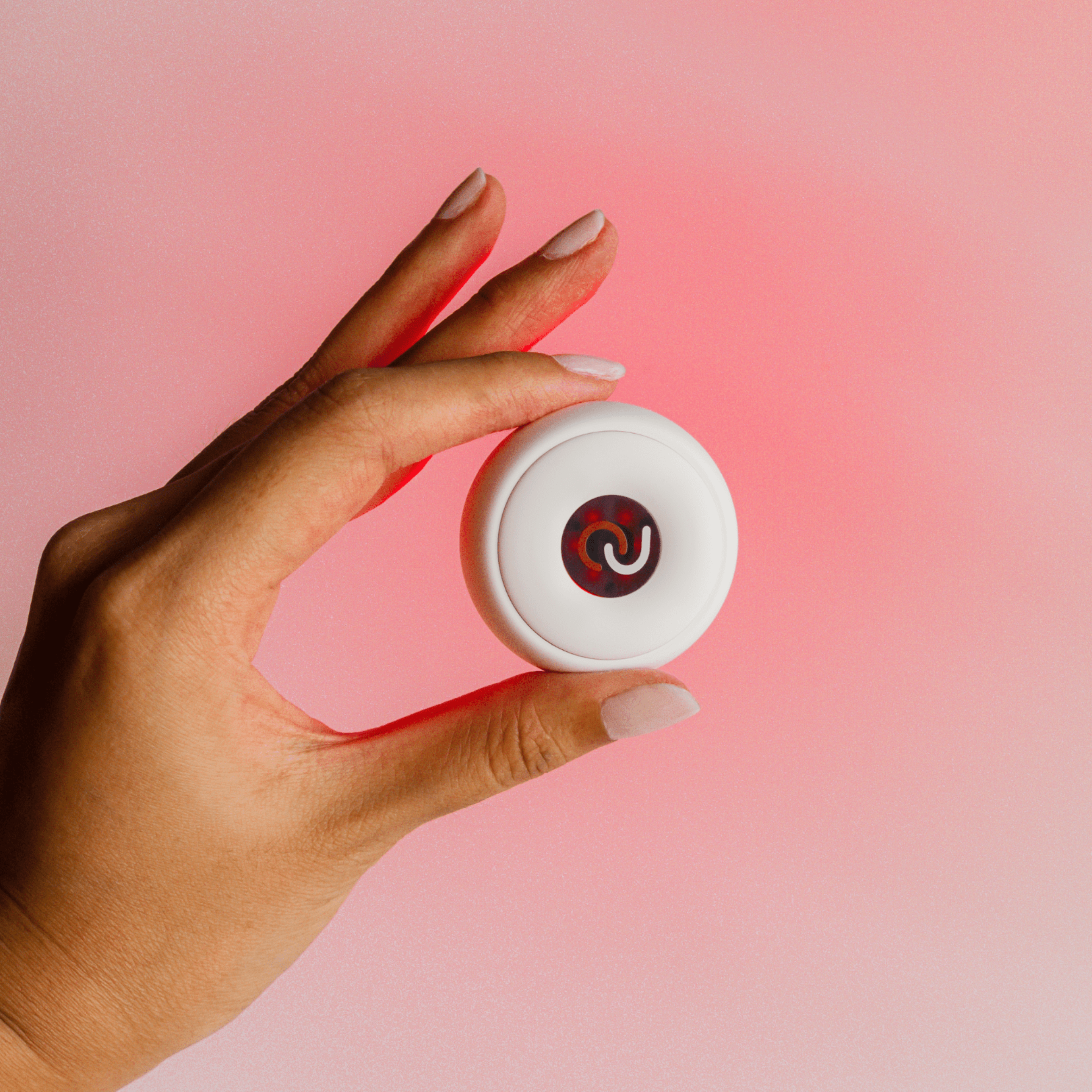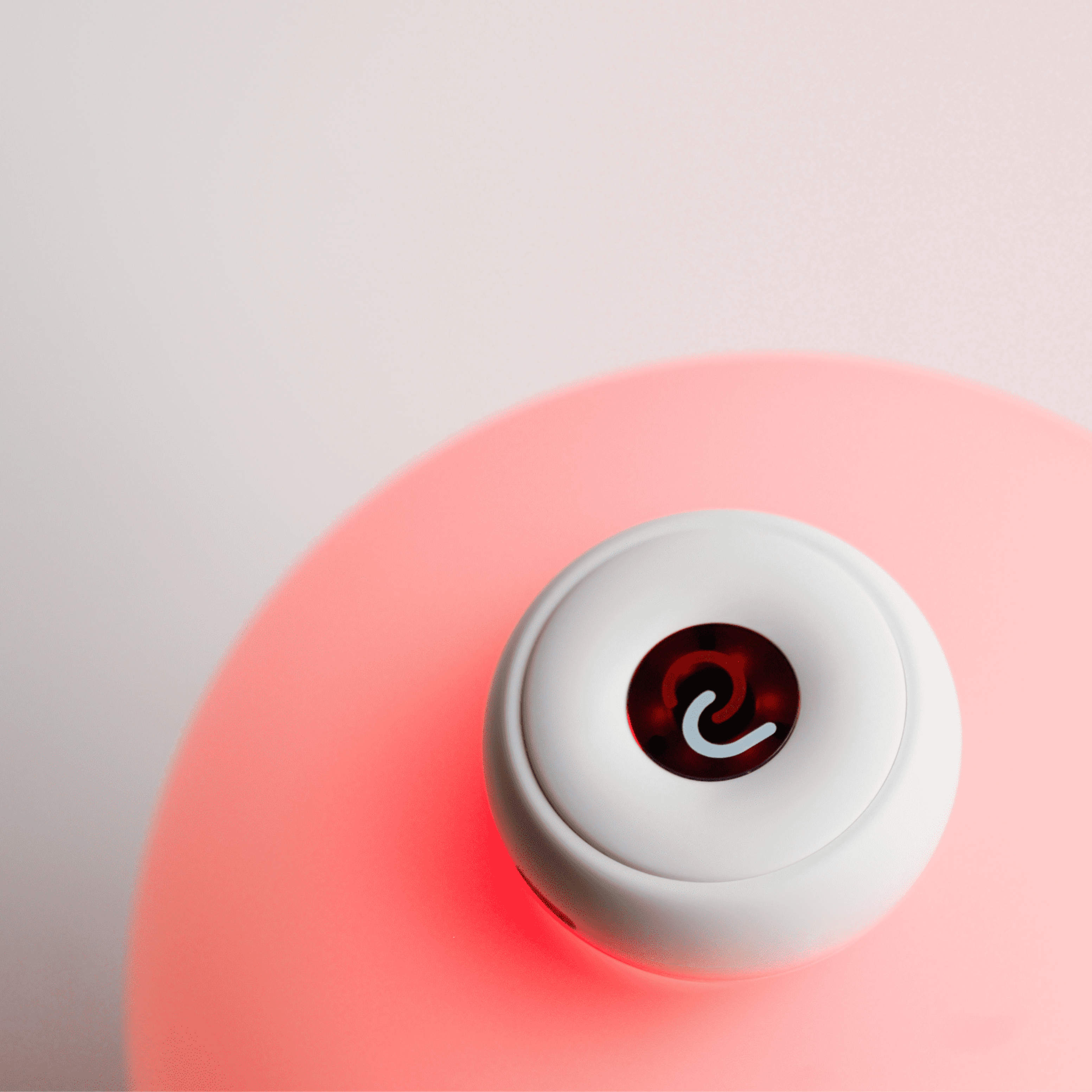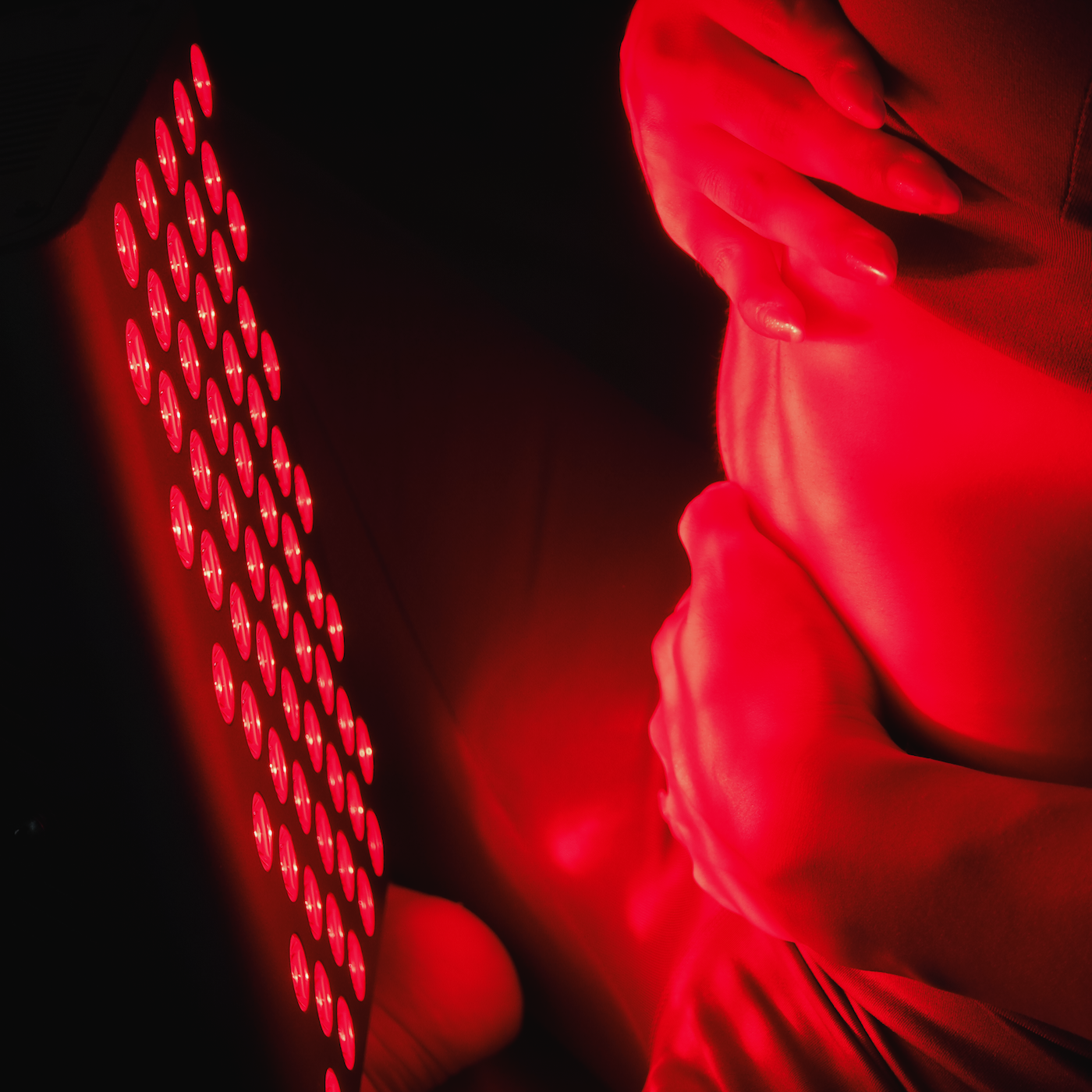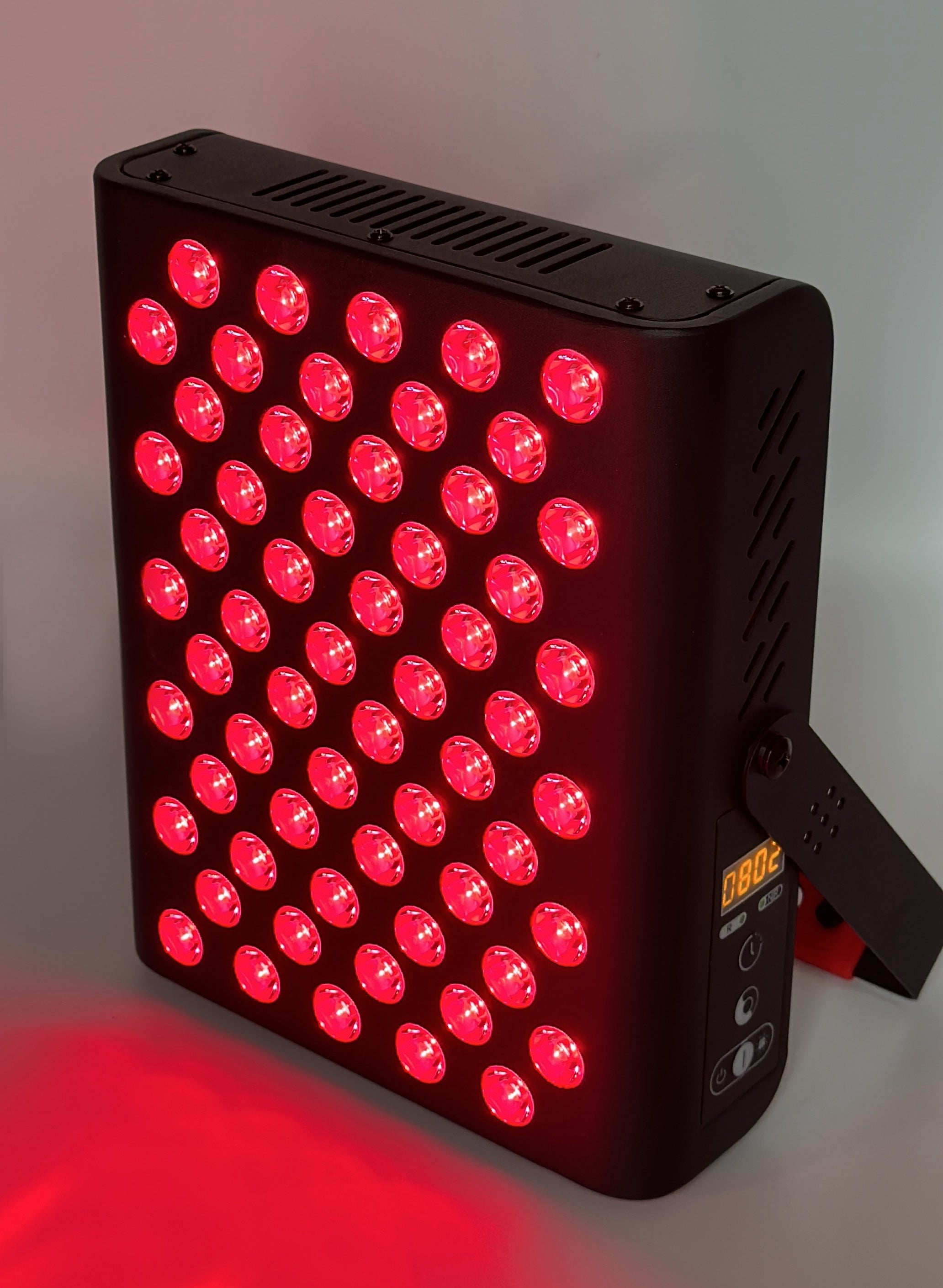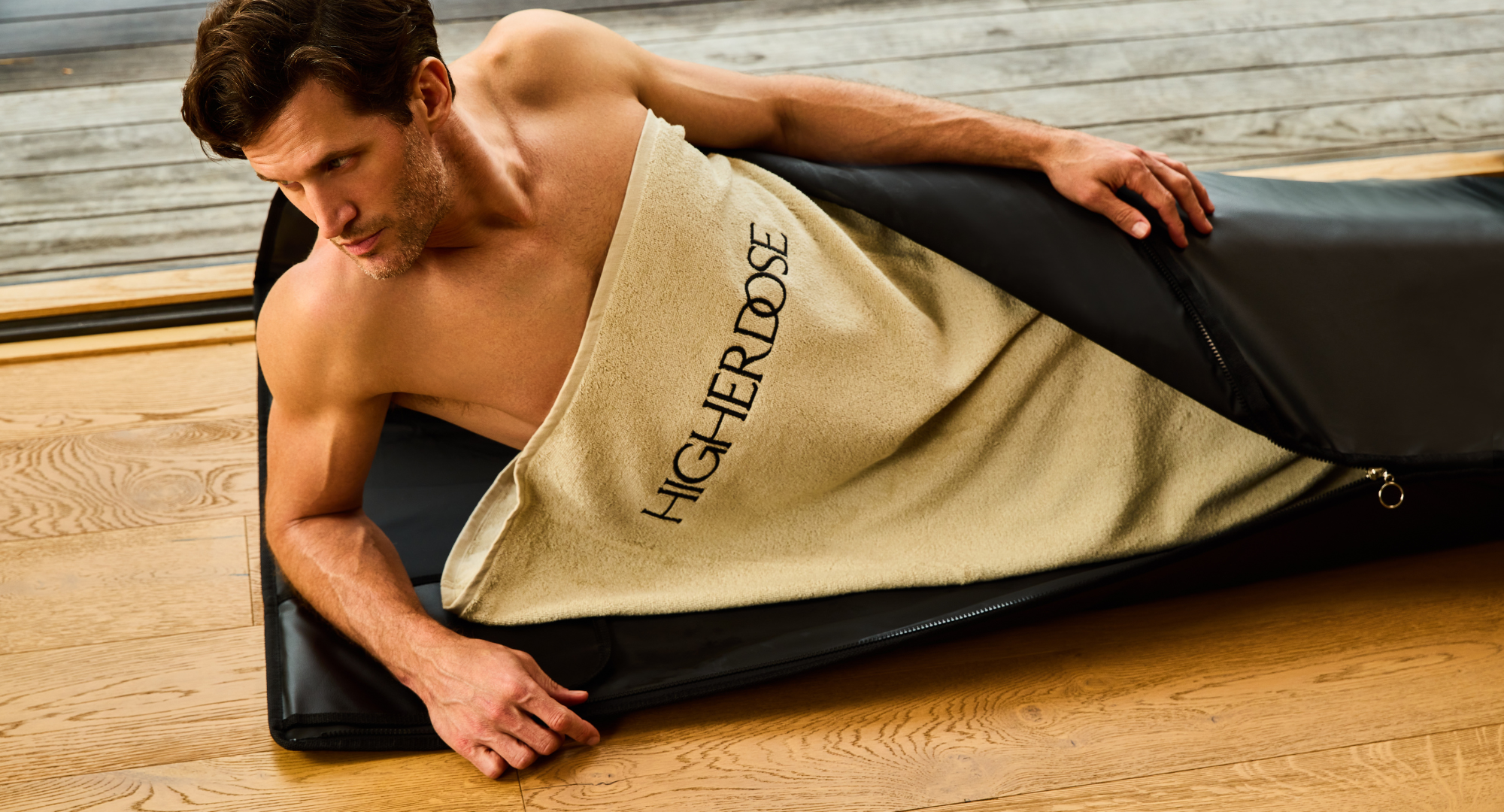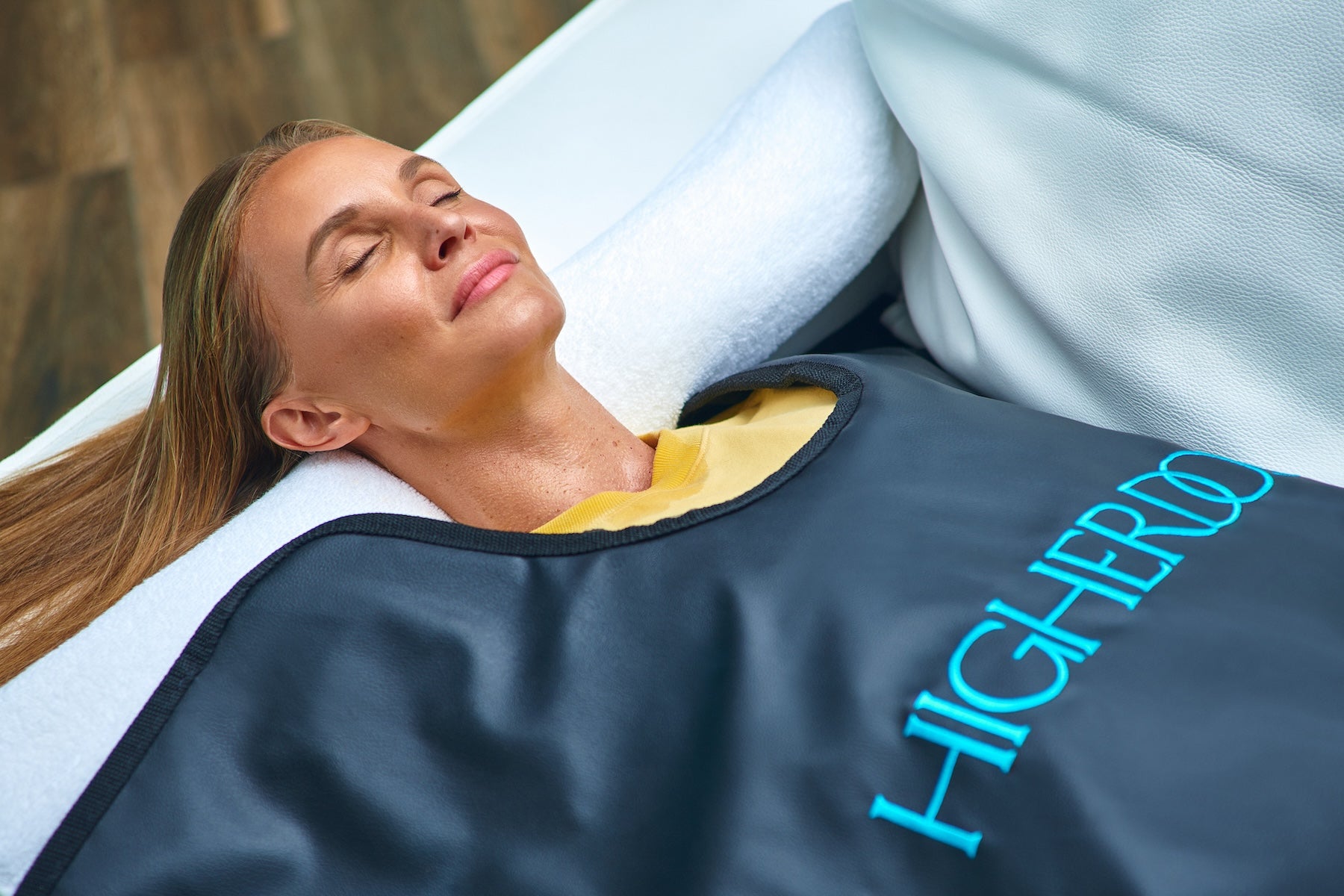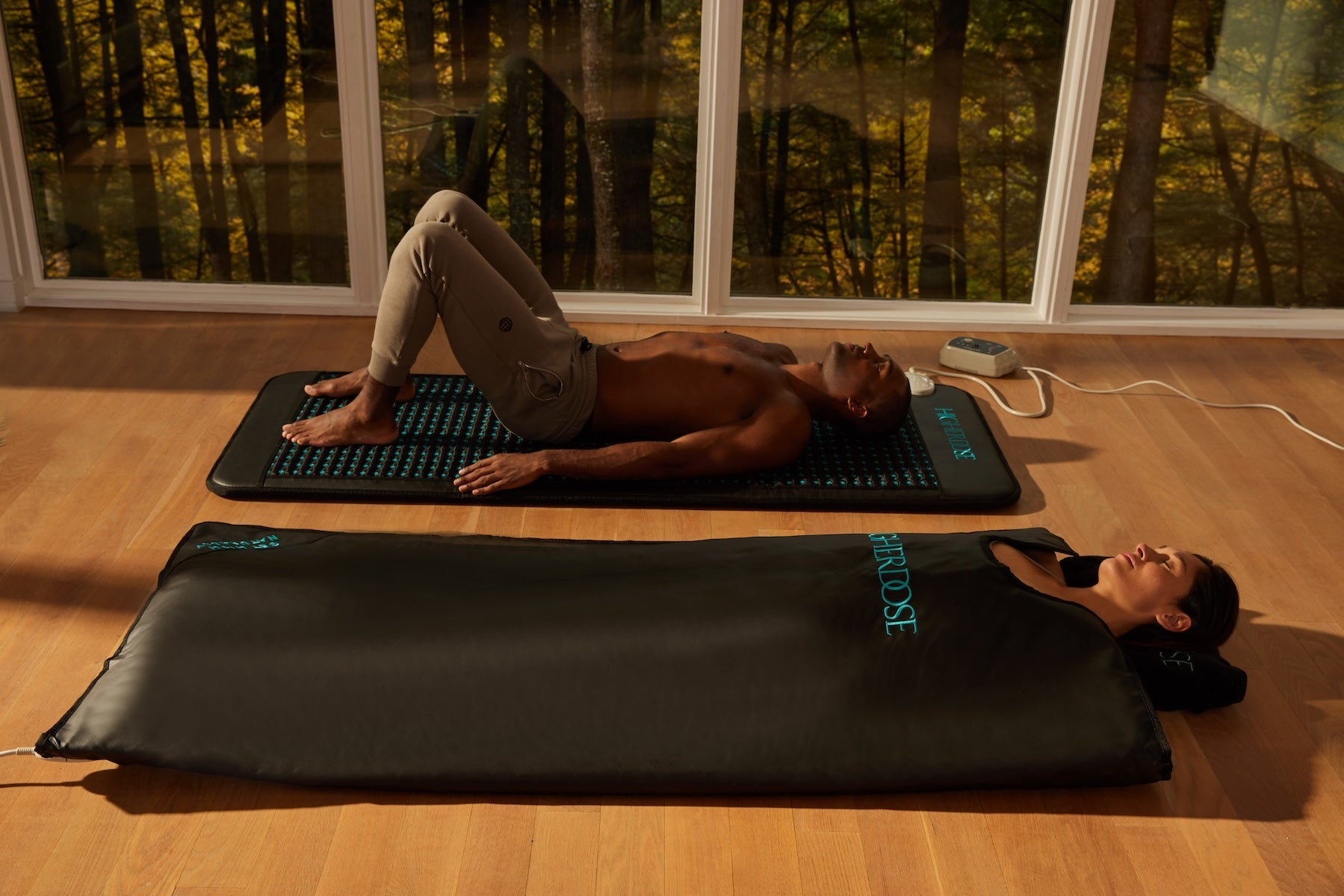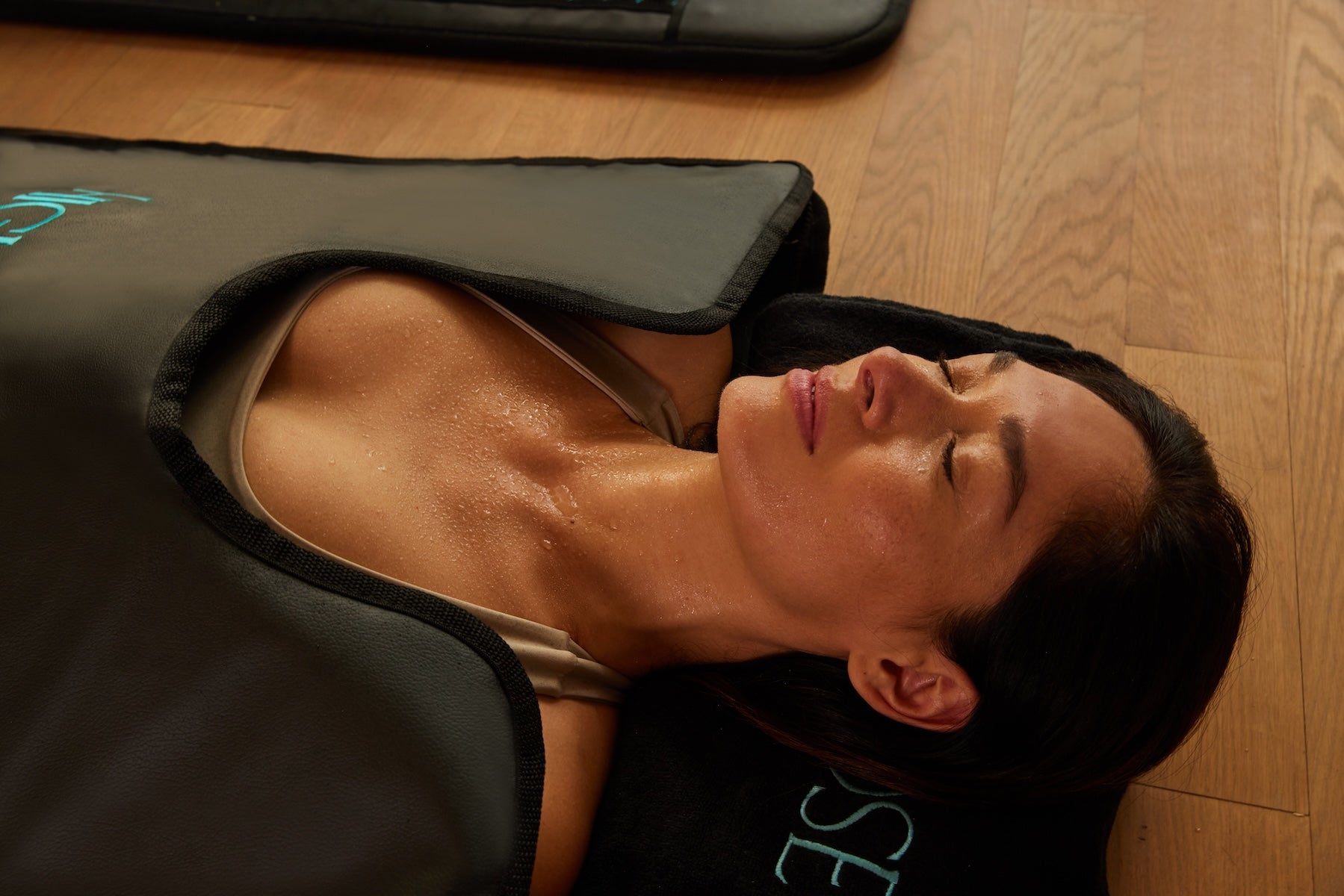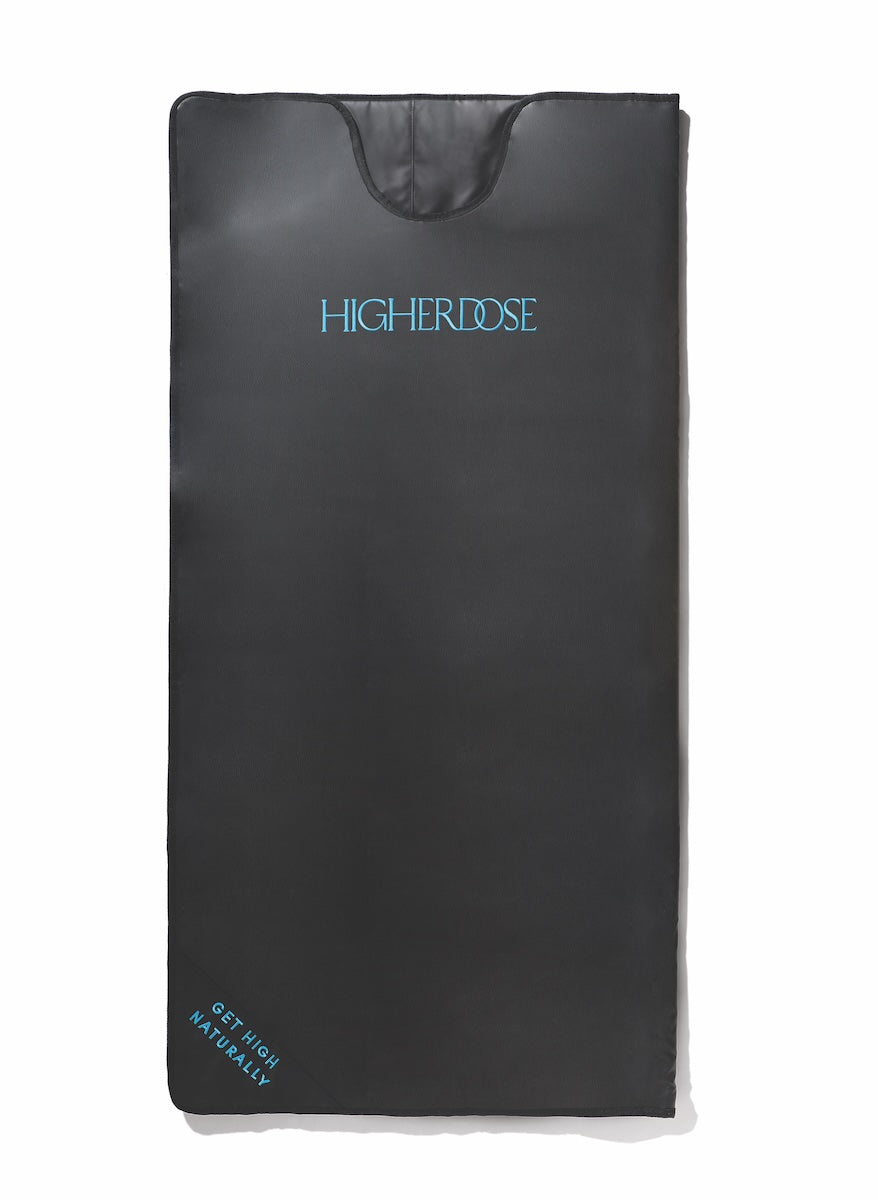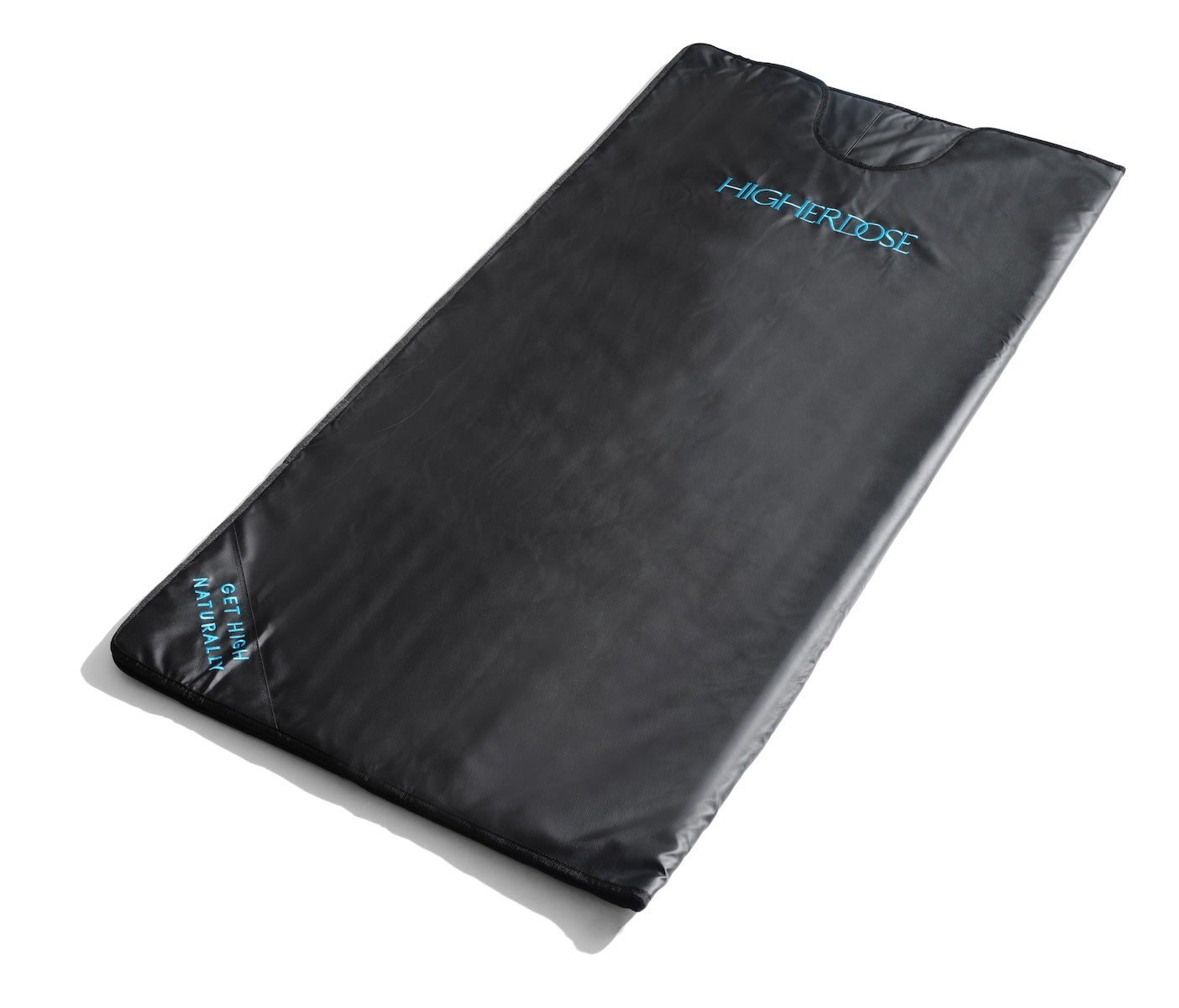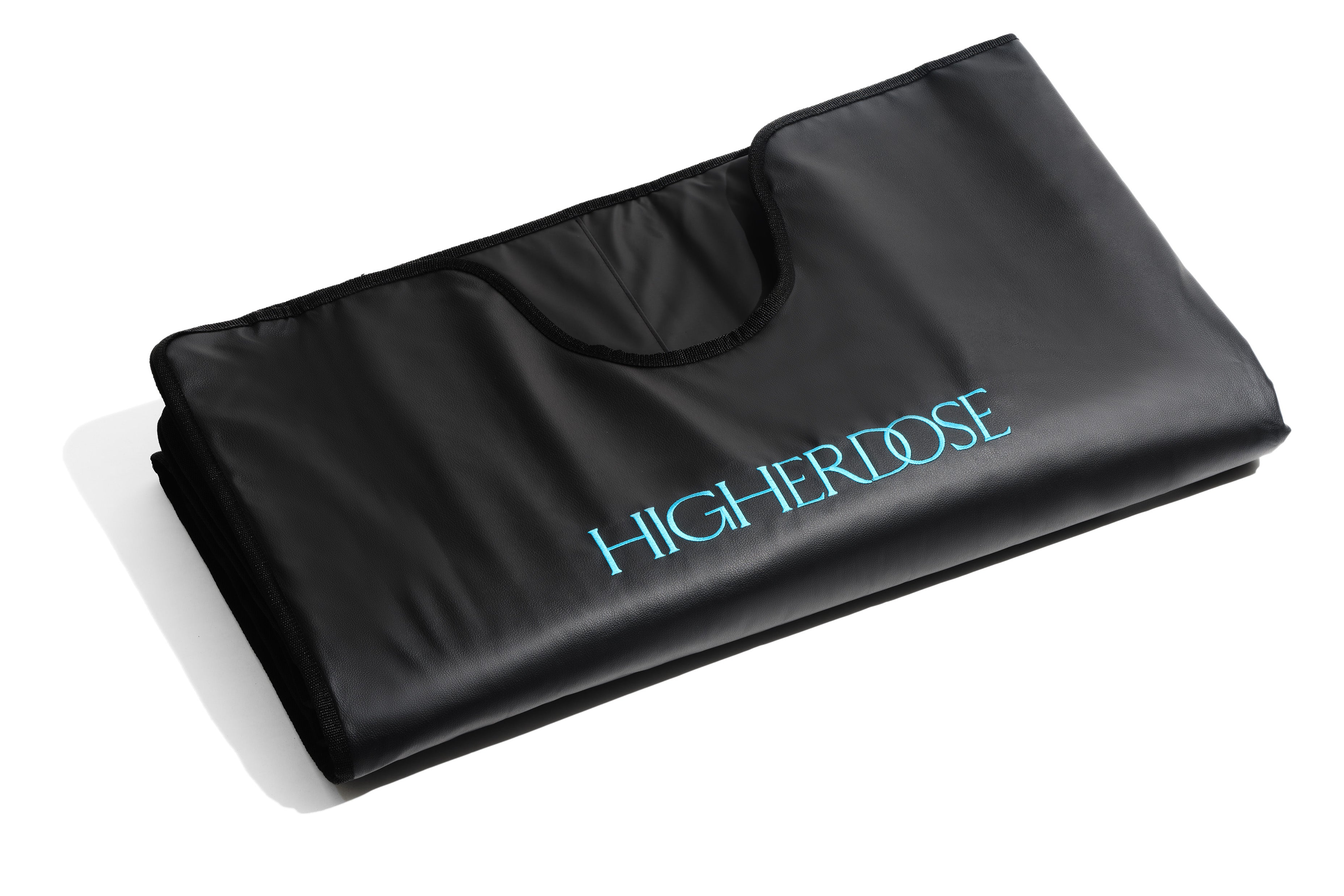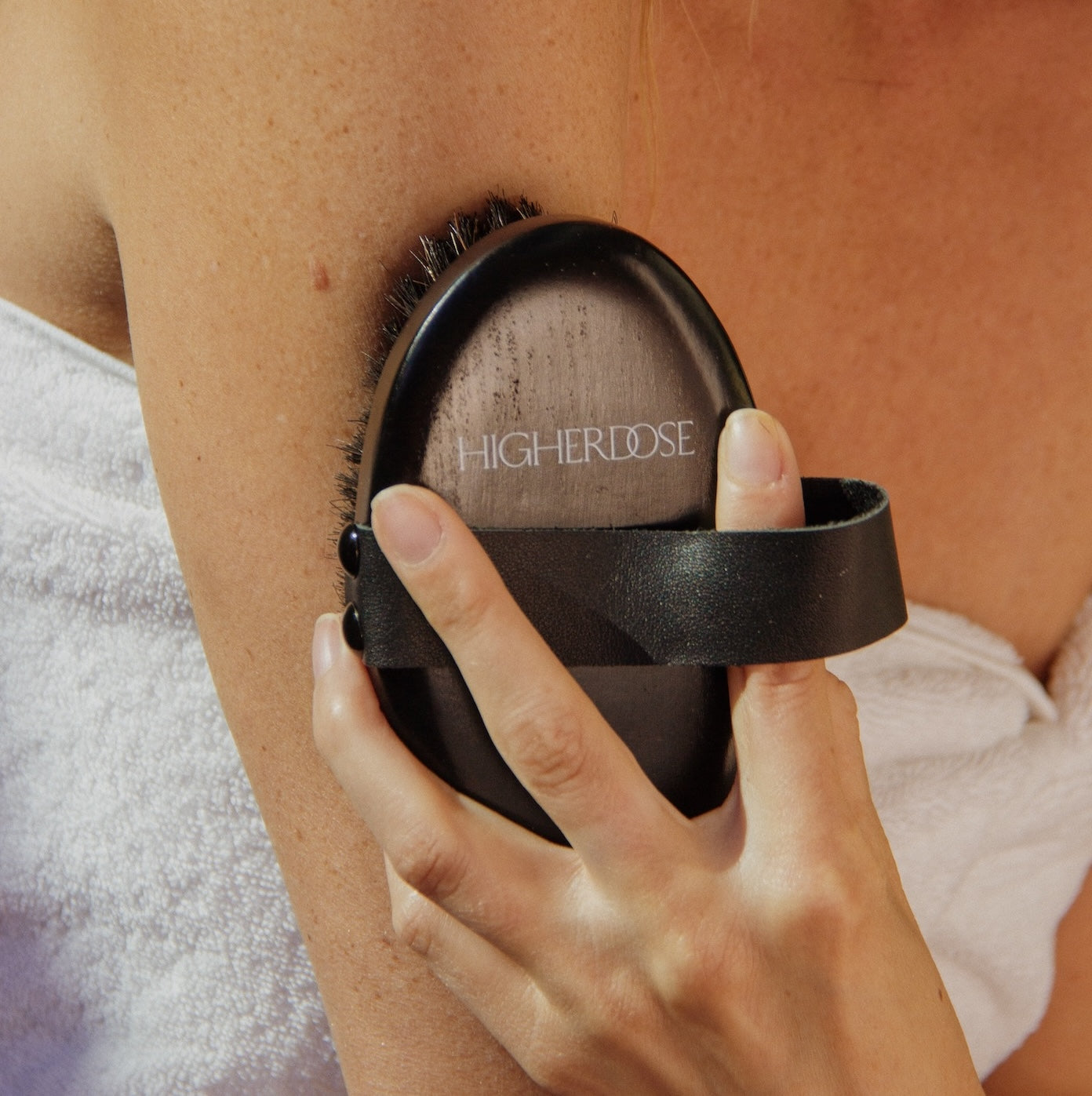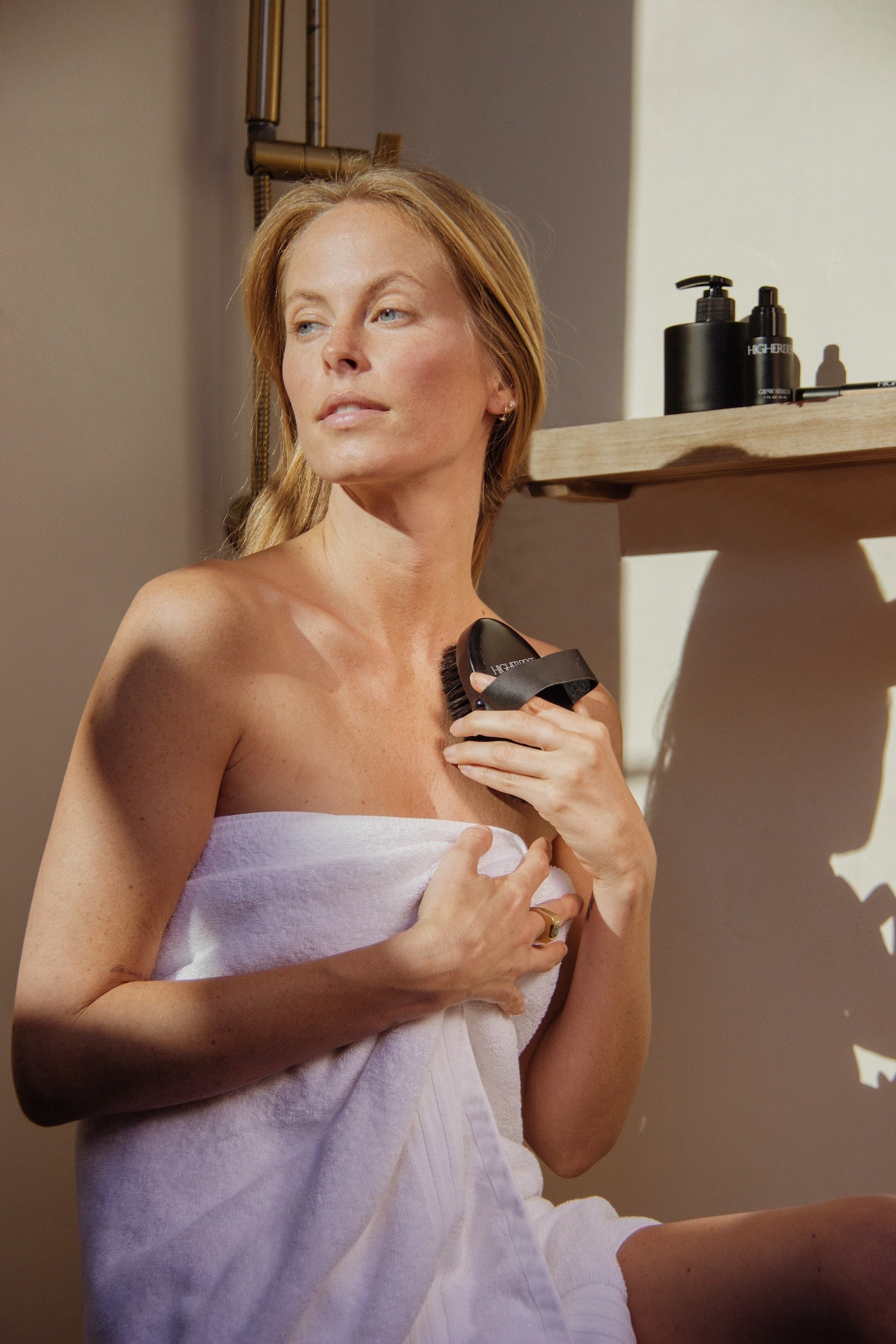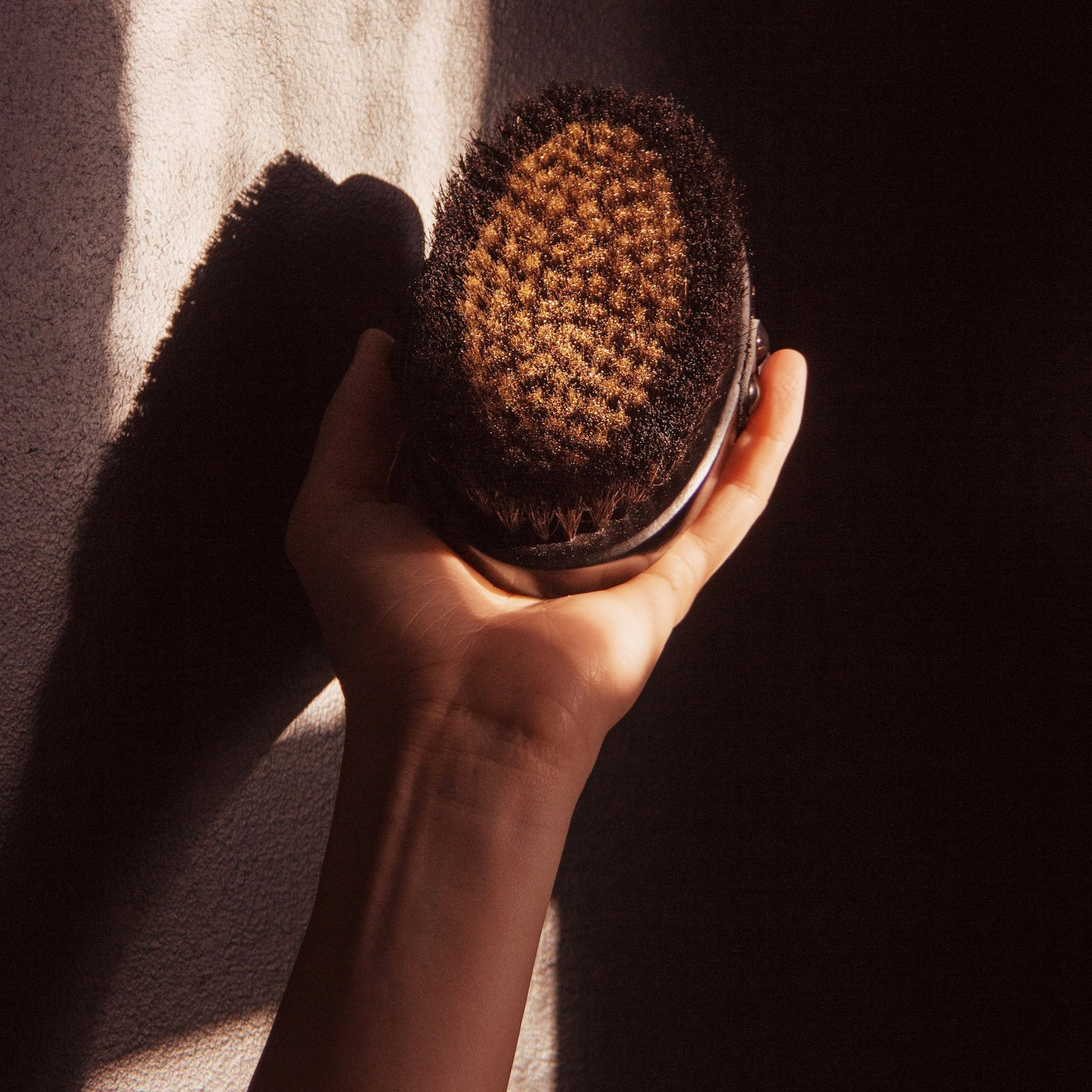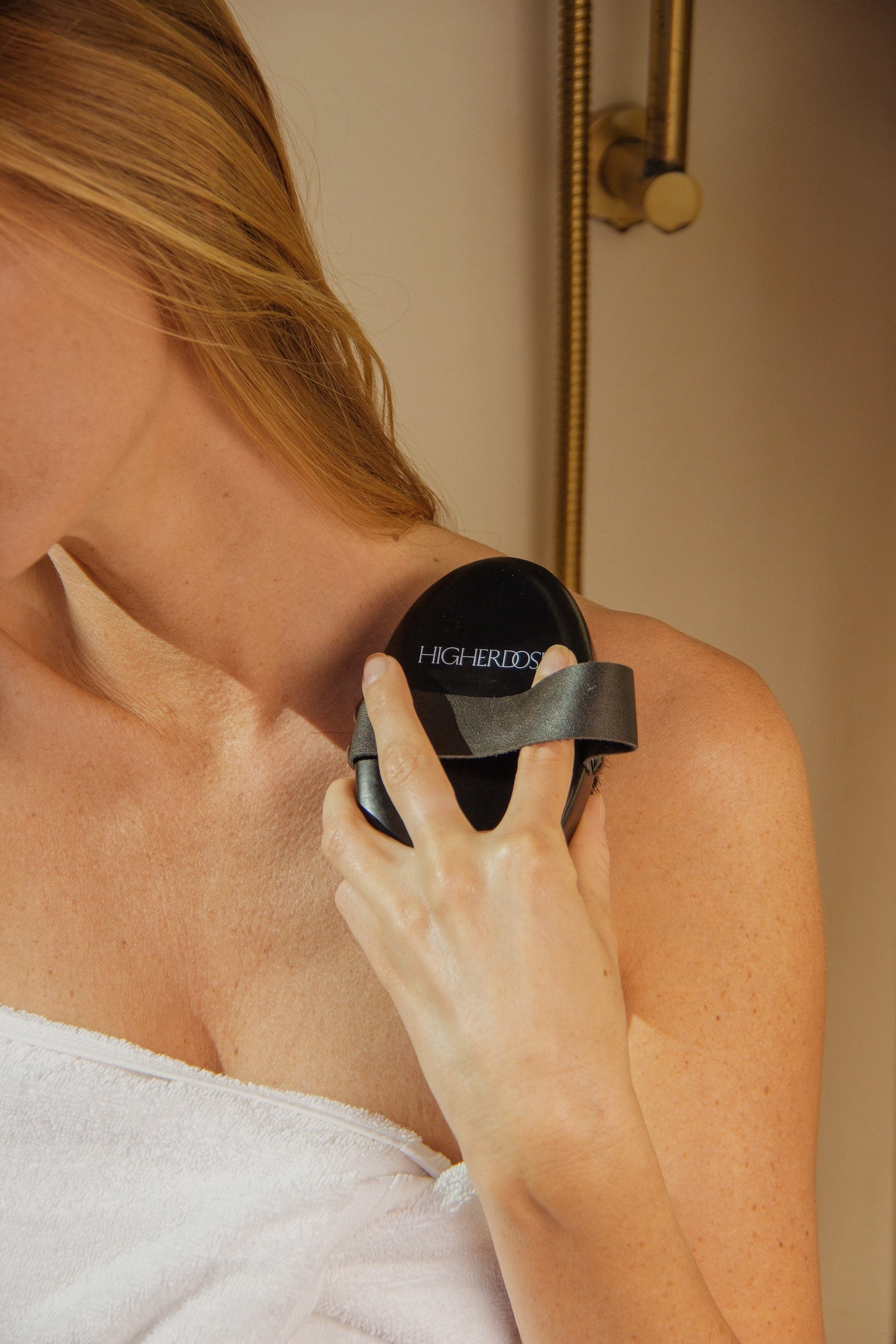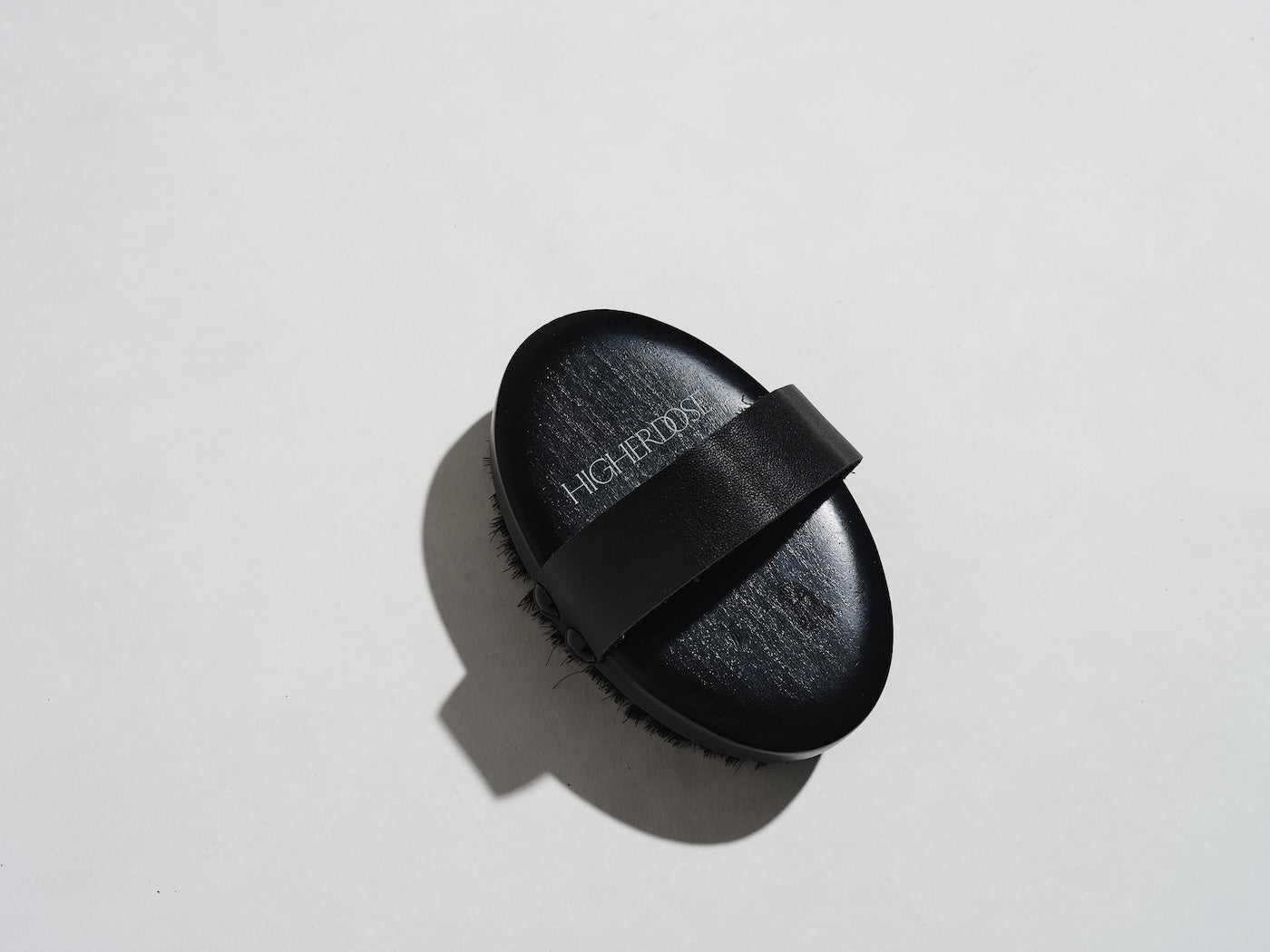Red and near-infrared light therapy works by targeting the “powerhouse” of your body’s cells, called mitochondria. With more energy, cells can do their jobs more efficiently, such as repairing skin, promoting new cell growth, and rejuvenating skin. Specifically, certain cells absorb wavelengths of light and are stimulated to work.
Effects of red light therapy on skin health:
- Stimulates the production of collagen, which gives the skin structure, strength and elasticity;
- Increases the production of fibroblasts, which produce collagen;
- Collagen is part of the connective tissue that makes up the skin;
- Increases blood circulation in tissues;
- Reduces inflammation in cells;
- Accelerates wound healing;
- Reduces and eliminates stretch marks;
- Reduces and eliminates wrinkles, fine lines and age spots;
- Improves facial texture;
- Reduces psoriasis, rosacea and eczema;
- Reduces and eliminates scars;
- Improves sun-damaged skin;
- Improves hair growth in people with androgenic alopecia;
- Reduces and eliminates acne.
The effects of red light therapy on the human body and health:
- Faster recovery after physical exertion;
- Improves athletic performance;
- Optimizes hormones;
- Increases collagen production;
- Reduces inflammation in the body;
Exposure to red light also has positive effects:
- For sleep and circadian rhythm;
- For the skeletal and muscular system;
- Mental and cognitive function;
- For vision;
- For longevity;
Is red light therapy safe?
Red light therapy appears to be safe and not associated with any side effects, at least when used for a short period of time and as directed. It is non-toxic, non-invasive, and less harsh than some skin treatments. Unlike cancer-causing ultraviolet (UV) light from the sun or tanning booths, RLT does not use this type of light.
However, if the products are used incorrectly – perhaps too often or not according to instructions – they can damage your skin or eyes (if unprotected).
The safest option is to see a dermatologist or a qualified, trained esthetician. A dermatologist can make sure your skin condition is what you think it is and discuss the benefits of red light therapy and other treatment options.
Are devices purchased for home use a safe and reasonable choice?
The devices are safe to use. They may only be less powerful than stationary devices used in medical institutions.
If you decide to purchase a red light therapy device, be sure to cover your eyes, follow all instructions, and properly maintain the device.
In addition to use in medical settings and home use of purchased devices, you may see RLT advertised in beauty spas and salons, saunas, tanning salons, gyms, and wellness centers. Be careful who supplies it and where you get it. It is always best to consult a medical professional for the best treatment options for your skin condition or problem.
What other health conditions is red light therapy recommended for?
Other potential medical targets being investigated include:
- To reduce the side effects of cancer chemotherapy, including inflammation of the oral mucosa;
- For the relief of pain and inflammation associated with ankle tendinitis, rheumatoid arthritis, carpal tunnel syndrome and knee osteoarthritis;
- To prevent recurrence of herpes simplex virus-caused cold sores;
There are many other uses advertised online. There is no scientific evidence to support the use of red light therapy for weight loss, cancer, cellulite removal, or mental health conditions such as depression and seasonal affective disorder (SAD).
What else do you need to know about red light therapy?
There are many variables to consider when considering red light therapy:
- Is RLT covered by my health insurance?
Red light therapy is not a commonly used treatment. You may want to call your health insurance company before starting treatment.
- How many treatments will I need?
You will likely need ongoing treatment. This is not a one-time treatment for most skin conditions. You will need to see a dermatologist one to three times a week, for weeks or even months.
- Also, are additional procedures needed?
This can add a lot of time and significant costs.
- Will I achieve the desired results?
Everyone’s skin is different, so results may vary. Additionally, the wavelength of the red light source varies. The wavelength affects how deeply the light penetrates your skin. The wavelength of the red light device used in a doctor’s office compared to the device you have at home can affect the desired results.
- Do you trust the expertise of the person providing red light therapy?
For example, is a tanning bed a place where you feel comfortable receiving this treatment, or would it perhaps be better to be examined and possibly treated by a medical professional first?
- Is red light therapy the right treatment for my skin condition? Are other, more scientifically proven methods a better choice for my skin condition?
Contact your healthcare provider to confirm a diagnosis and discuss appropriate treatment options.
